Сообщение Rare celebrity pictures in Venice in the 1960s появились сначала на Old Pictures.
]]> Many famous people fell in love with Venice, and we publish some amazing pictures of this romance. Jane Fonda, Sean Connery, Sophia Loren, Ernest Hemingway, Salvador Dali – all of them in street photography from this city of the 1960s. Don’t be surprised; there’re even pictures of elephants walking the streets of Venice. Why not.
Many famous people fell in love with Venice, and we publish some amazing pictures of this romance. Jane Fonda, Sean Connery, Sophia Loren, Ernest Hemingway, Salvador Dali – all of them in street photography from this city of the 1960s. Don’t be surprised; there’re even pictures of elephants walking the streets of Venice. Why not.
These Venice pictures are the small part of the more than 300,000 negatives in the Venetian studio Cameraphoto. They have accumulated over a period spanning over sixty years.
Venice archive
Vittorio Pavan, a former student and now owner of the Cameraphoto studio has become the extraordinary photo archive custodian. Despite continuous and painstaking care for the safety of negatives, they deteriorate quickly and inevitably. To preserve this historical legacy, the owner of the archive launched a Kickstarter crowdfunding campaign. He plans to raise funds to digitalize the original images and preserve high-resolution copies of these excellent Venice pictures.
Oldpcis selected 26 Venice pictures from the Cameraphoto archive. Take a look at Catherine Deneuve, Sean Connery, Sophia Loren, Ernest Hemingway, Salvador Dali, Alain Delon, Claudia Cardinale, Brigitte Bardot, Jane Fonda in the streets (well, sometimes in the waters) of this old city.
Genius writer Hemingway had a special feeling for Venice. The writer participated in WWI in the Venice area. Hemingway was wounded and spent several months while recuperating after an injury.
Read more: 100 most important pictures in history
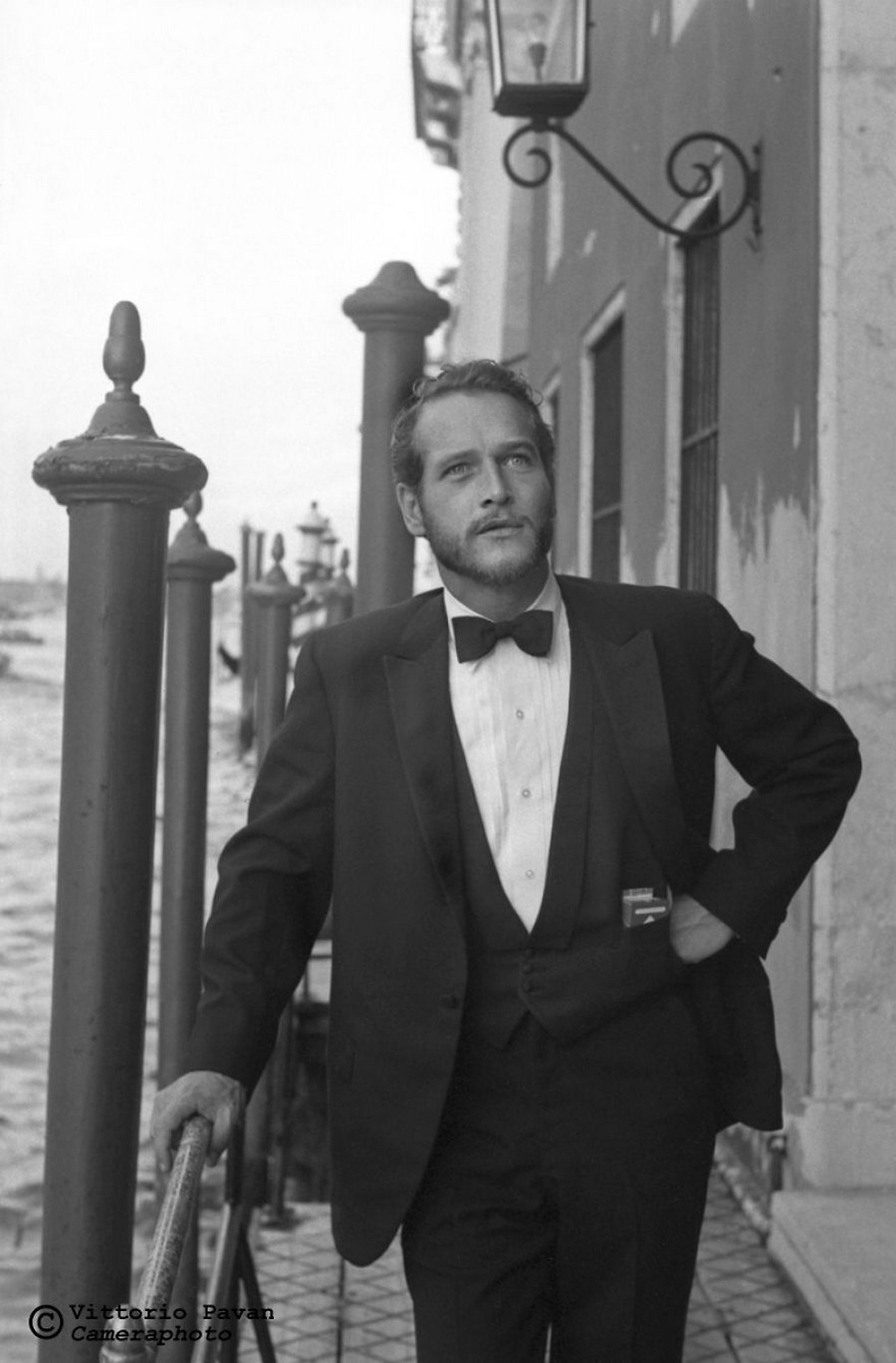
Paul Newman

Paul Newman
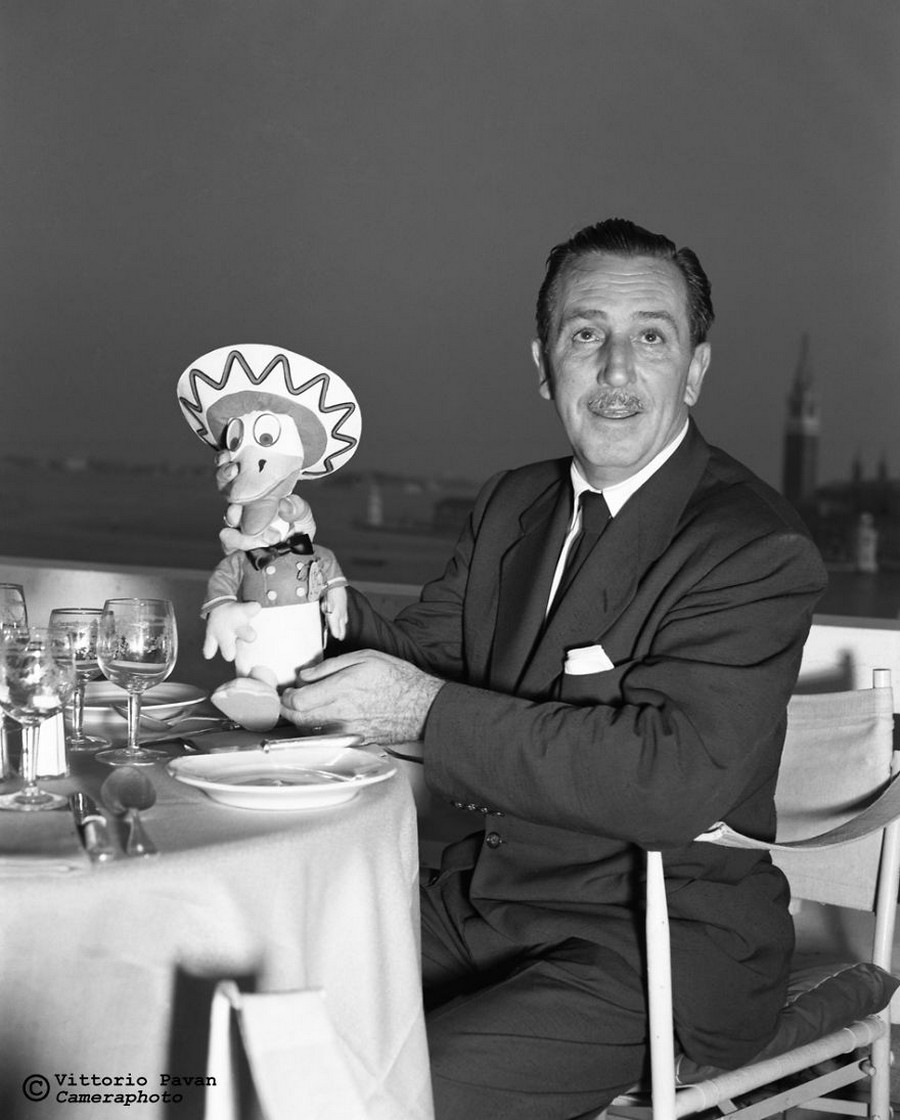
Walt Disney
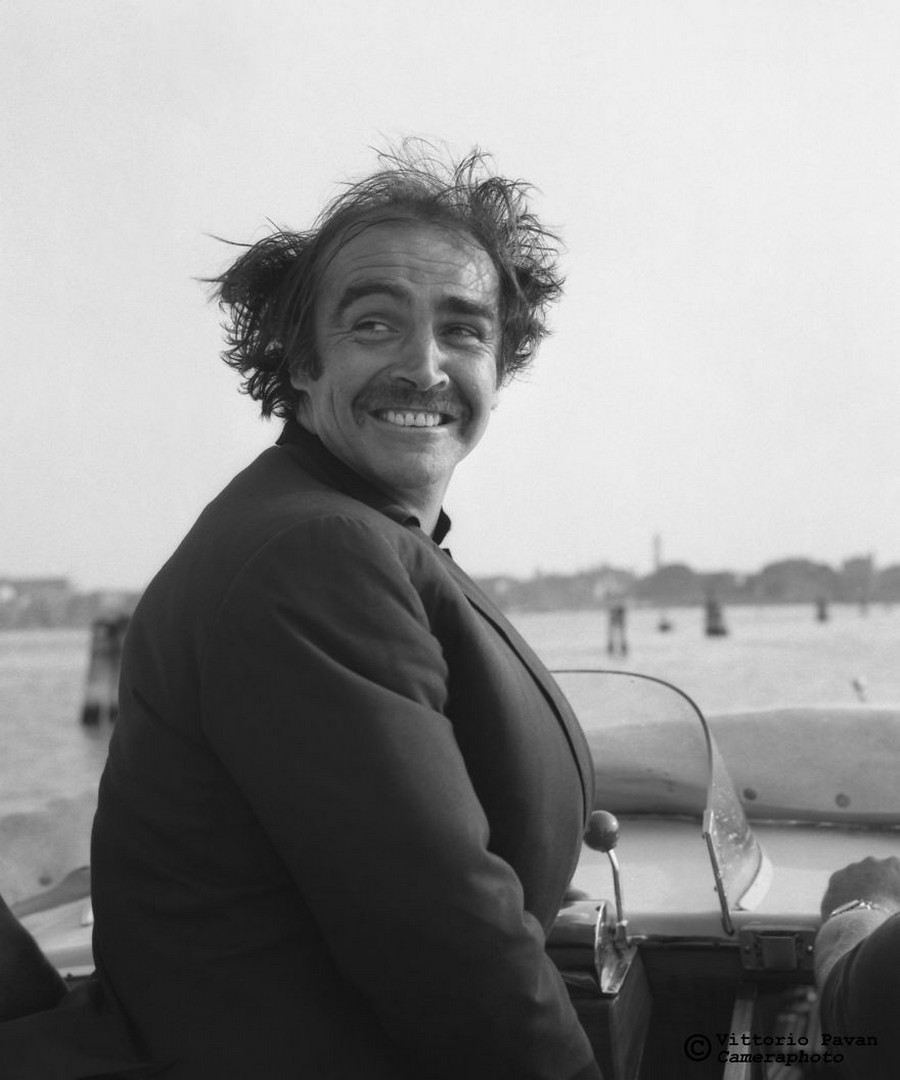
Sean Connery
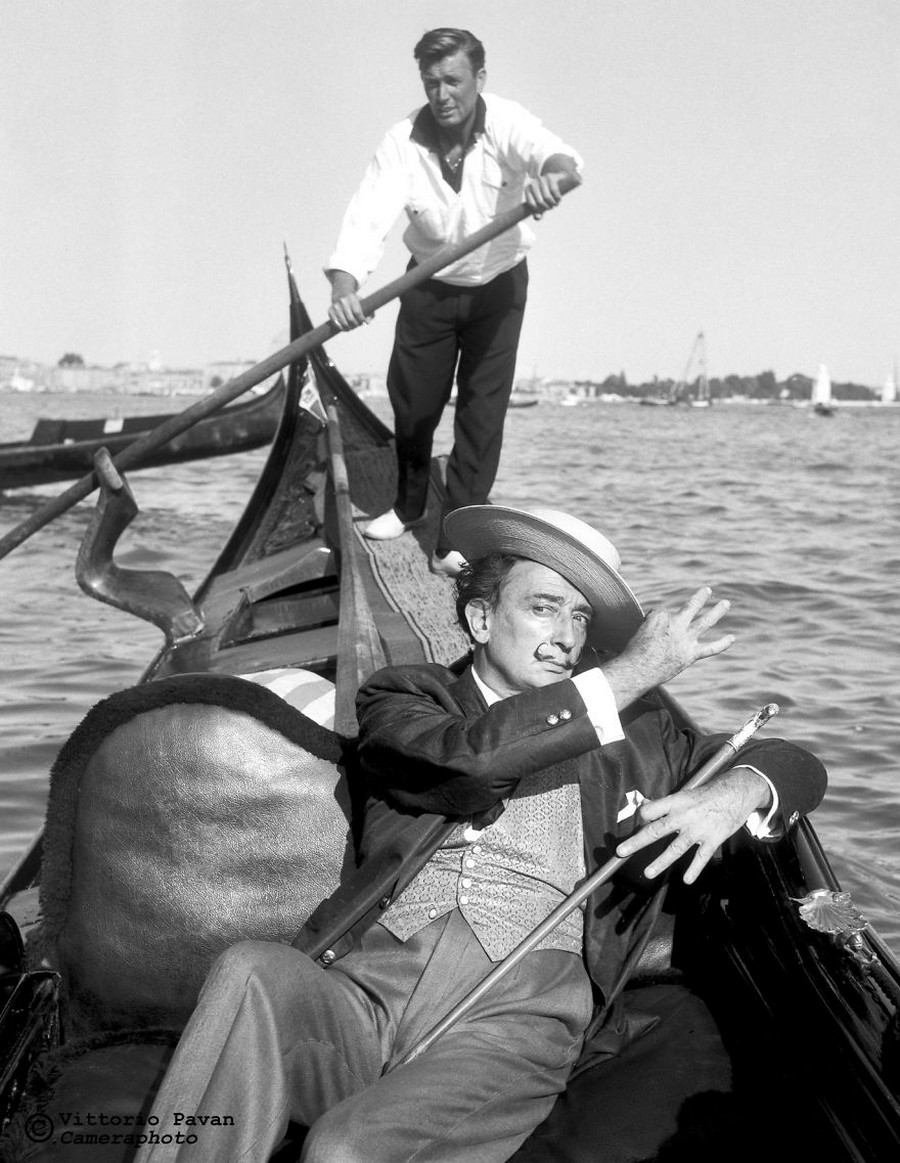
Salvador Dali
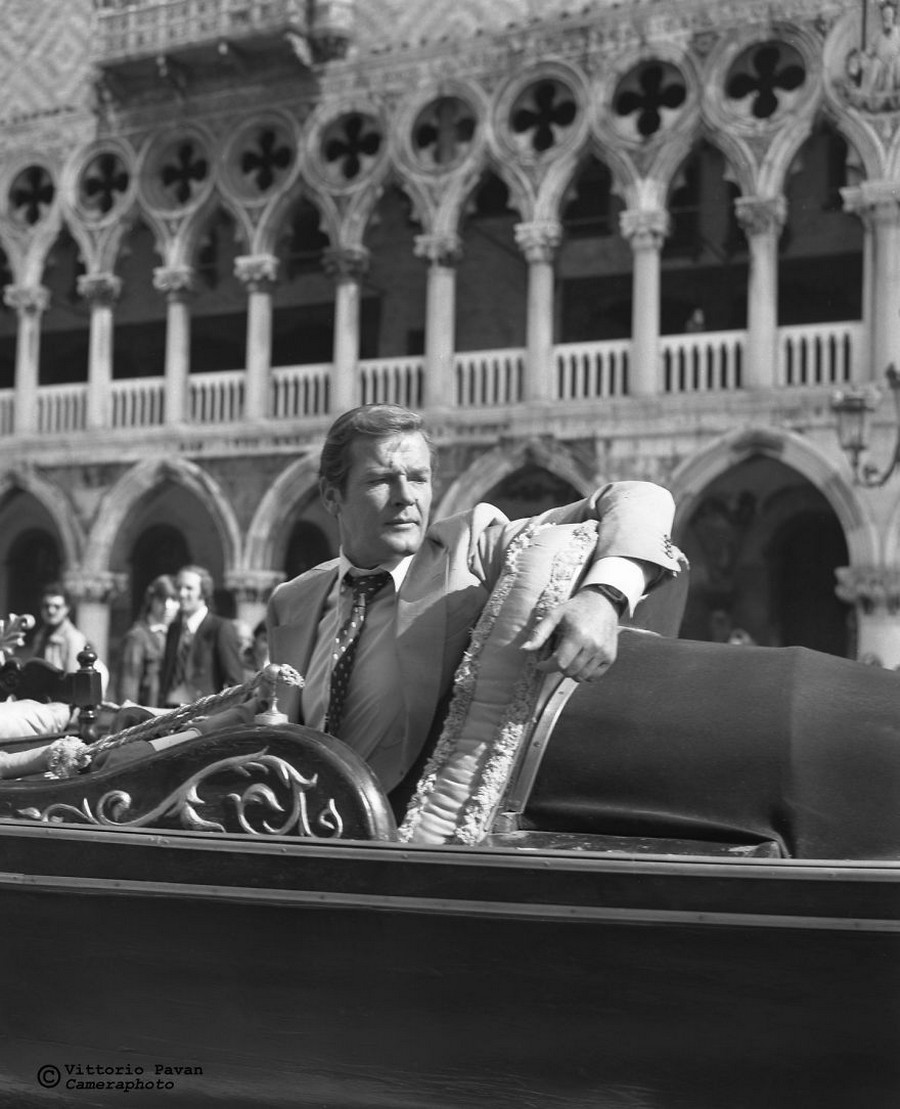
Rodger Moore
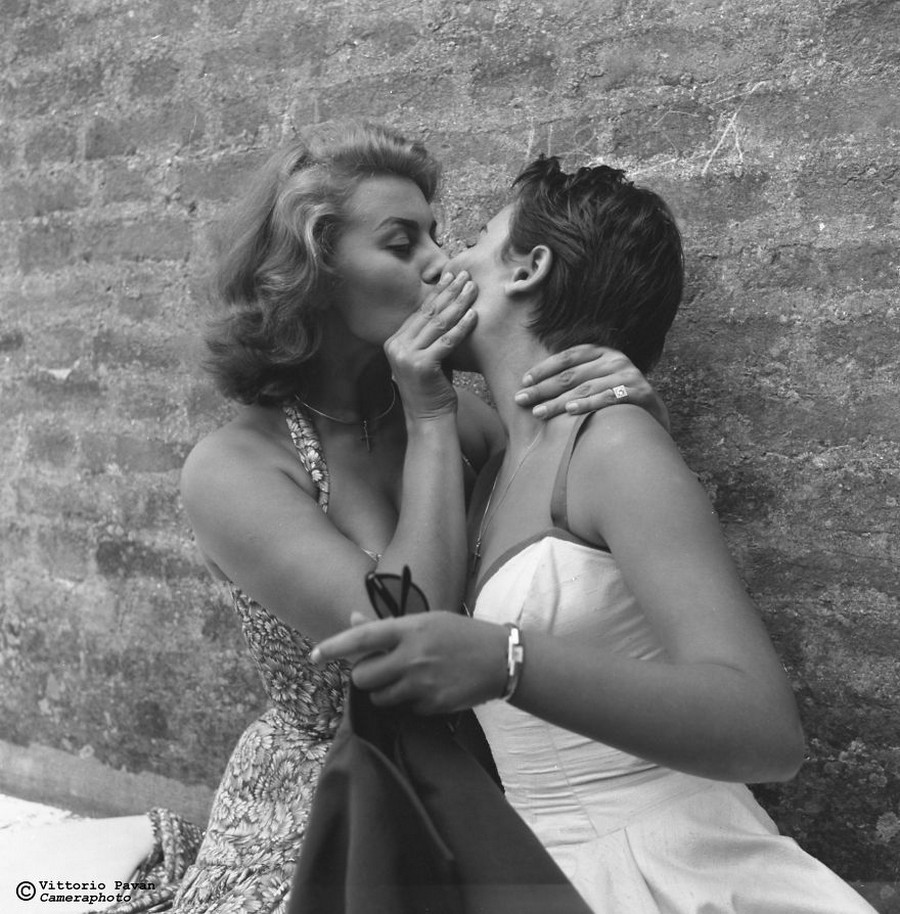
Sophia Loren with sister Mari
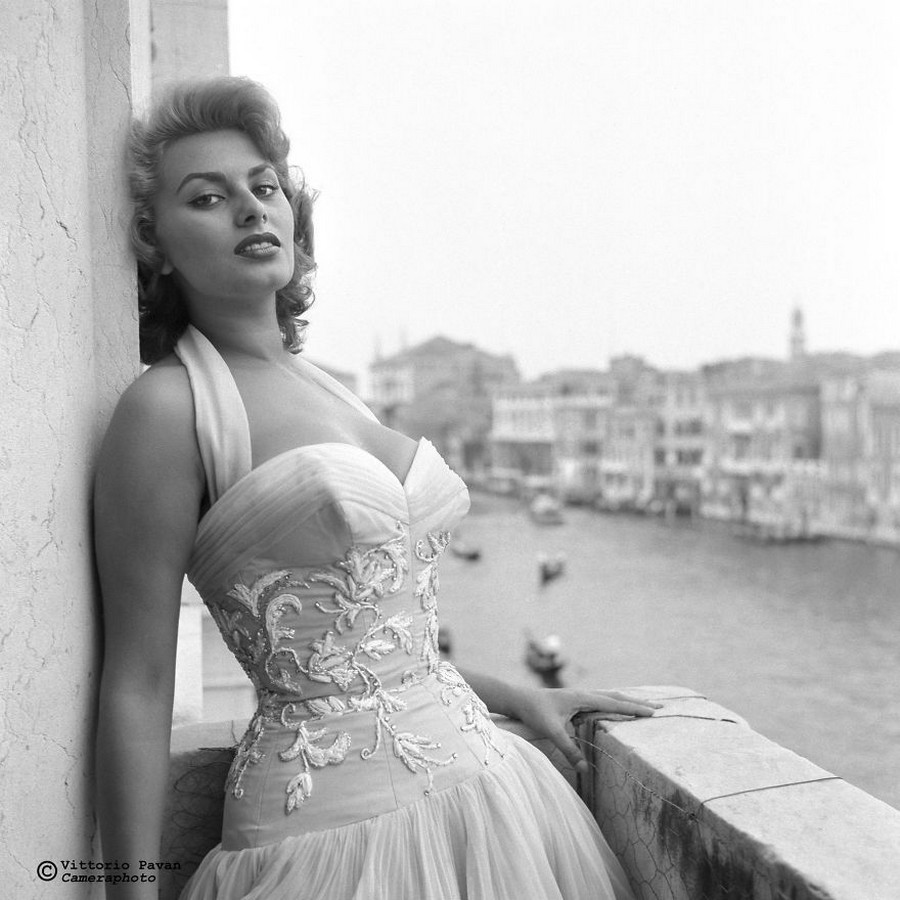
Sophie Loren

Pablo Picasso
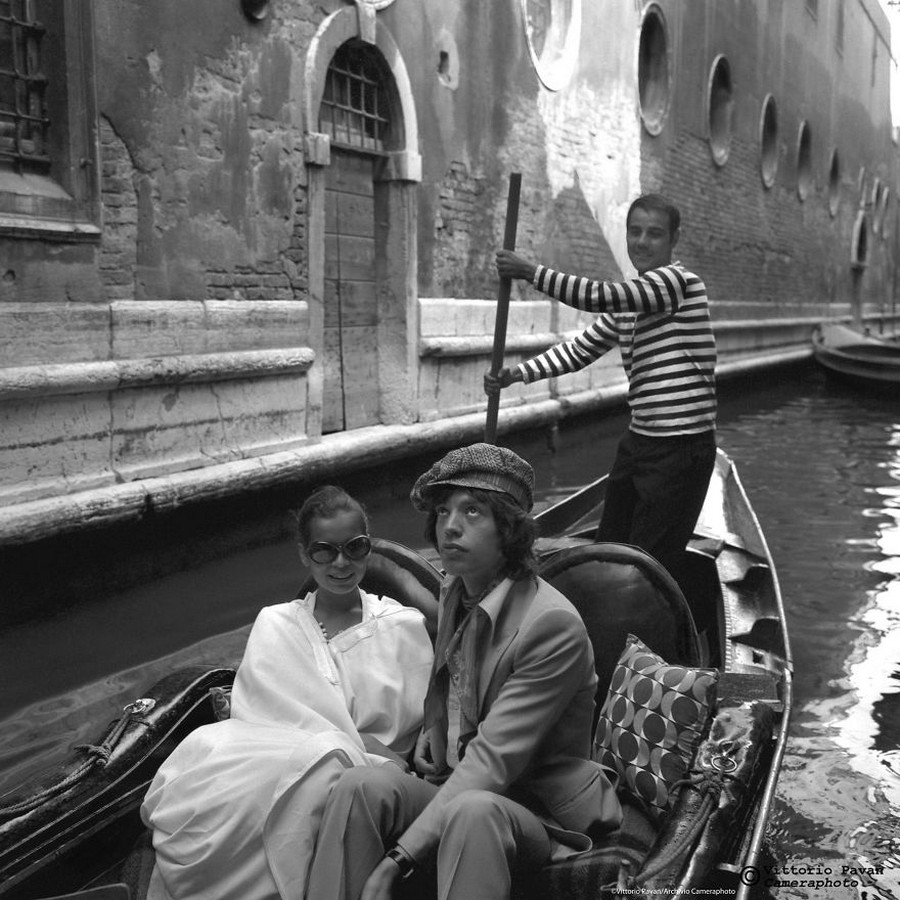
Mick Jagger
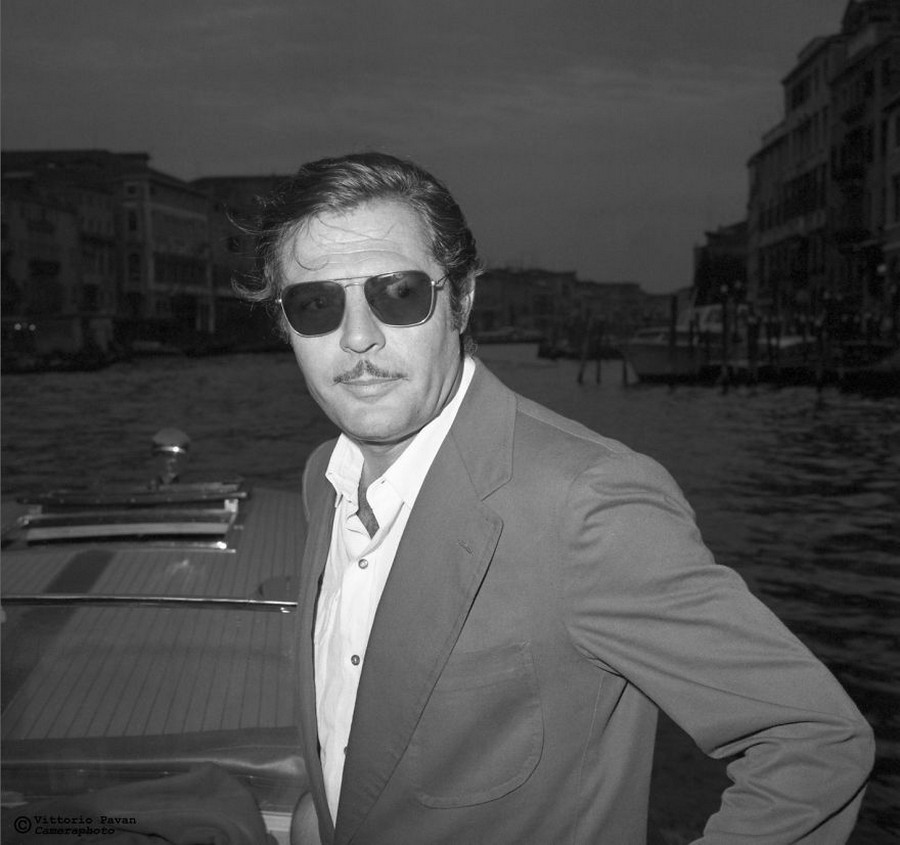
Marcello Mastroianni
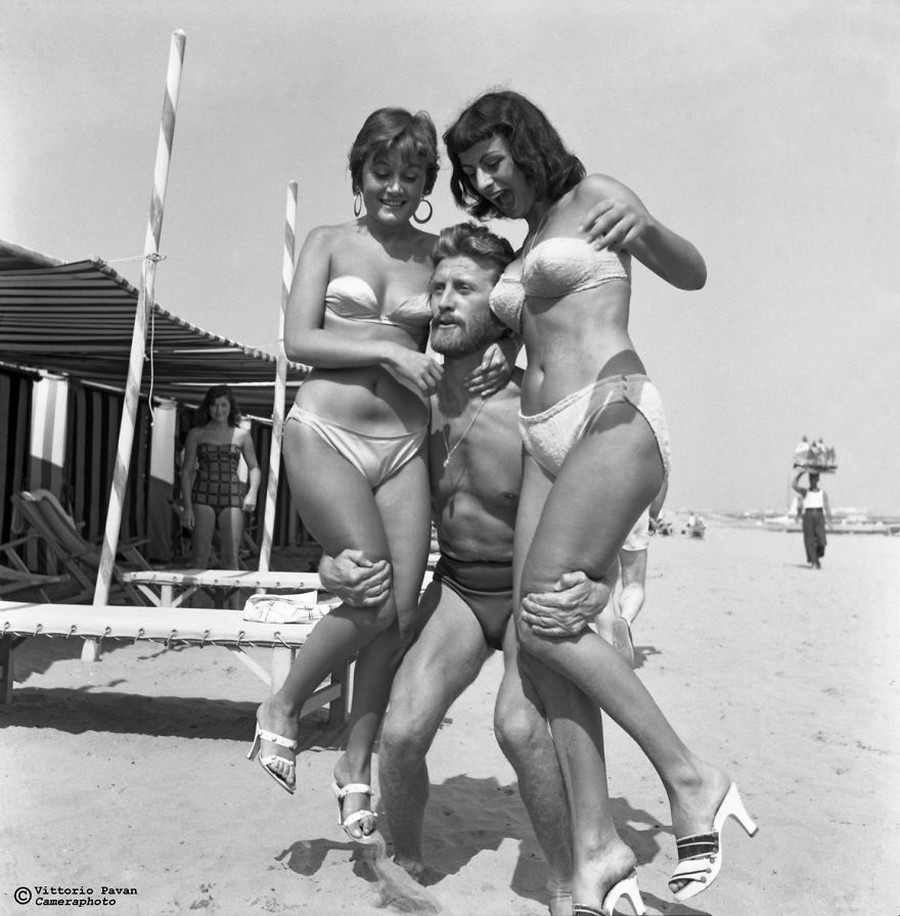
Kirk Douglas
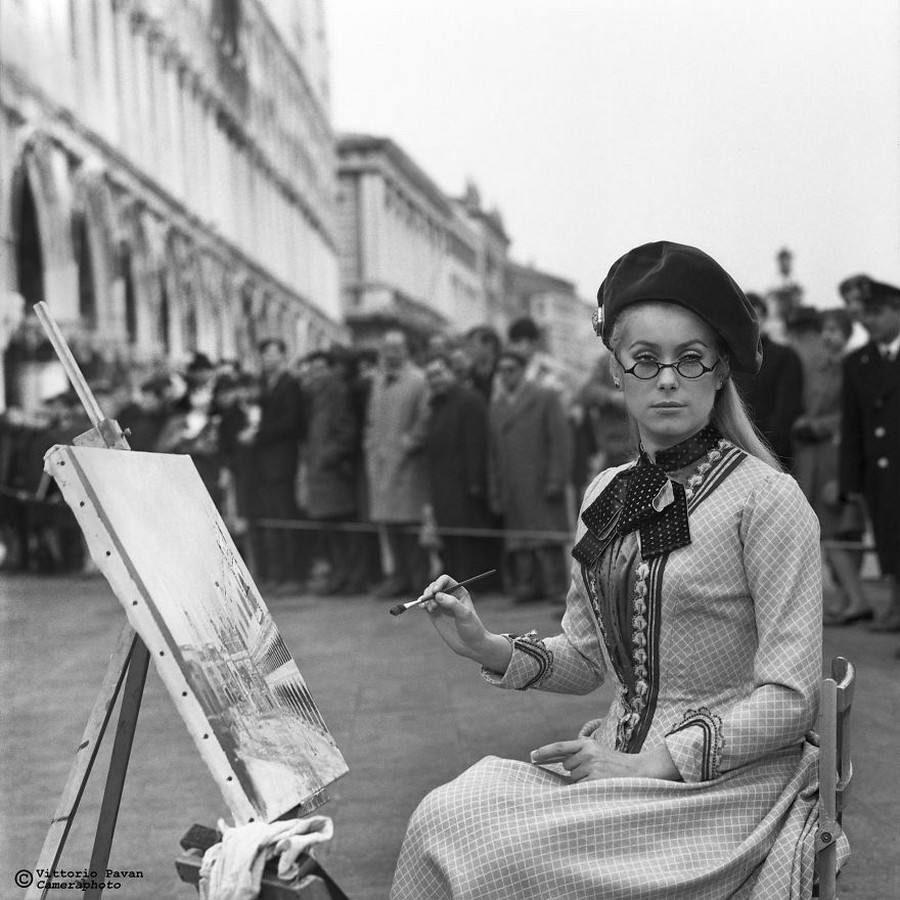
Katrin Deneuve
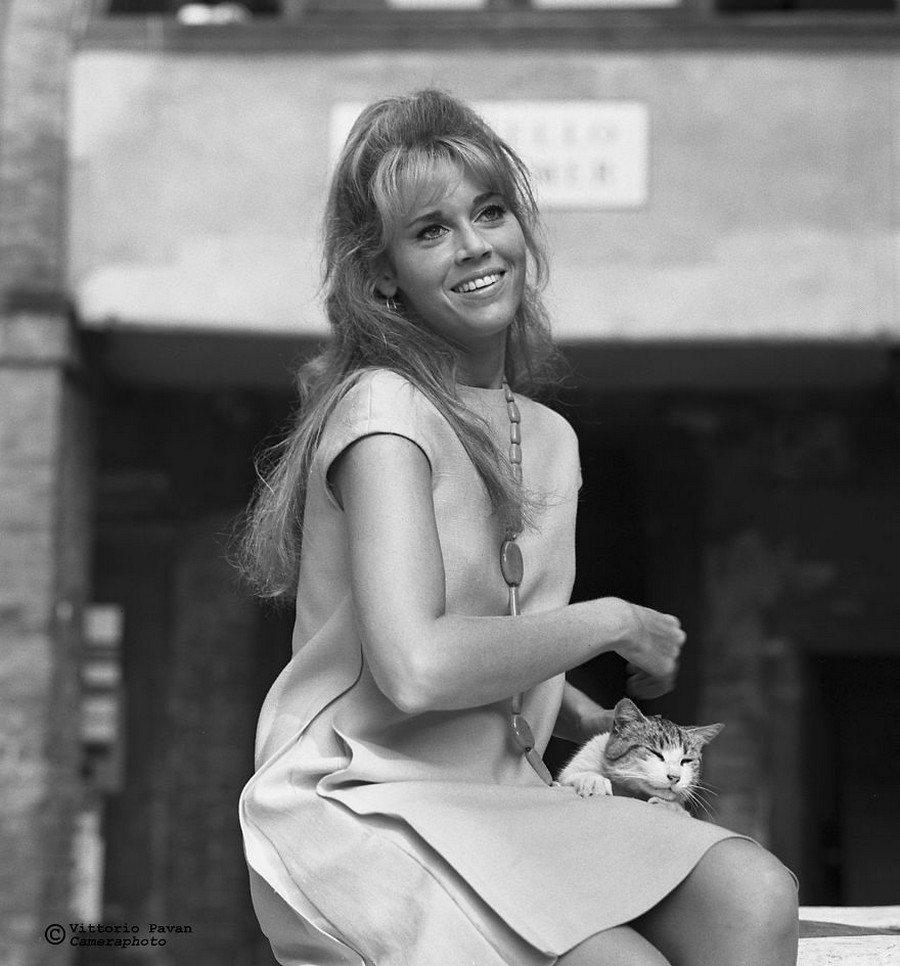
Jane Fonda
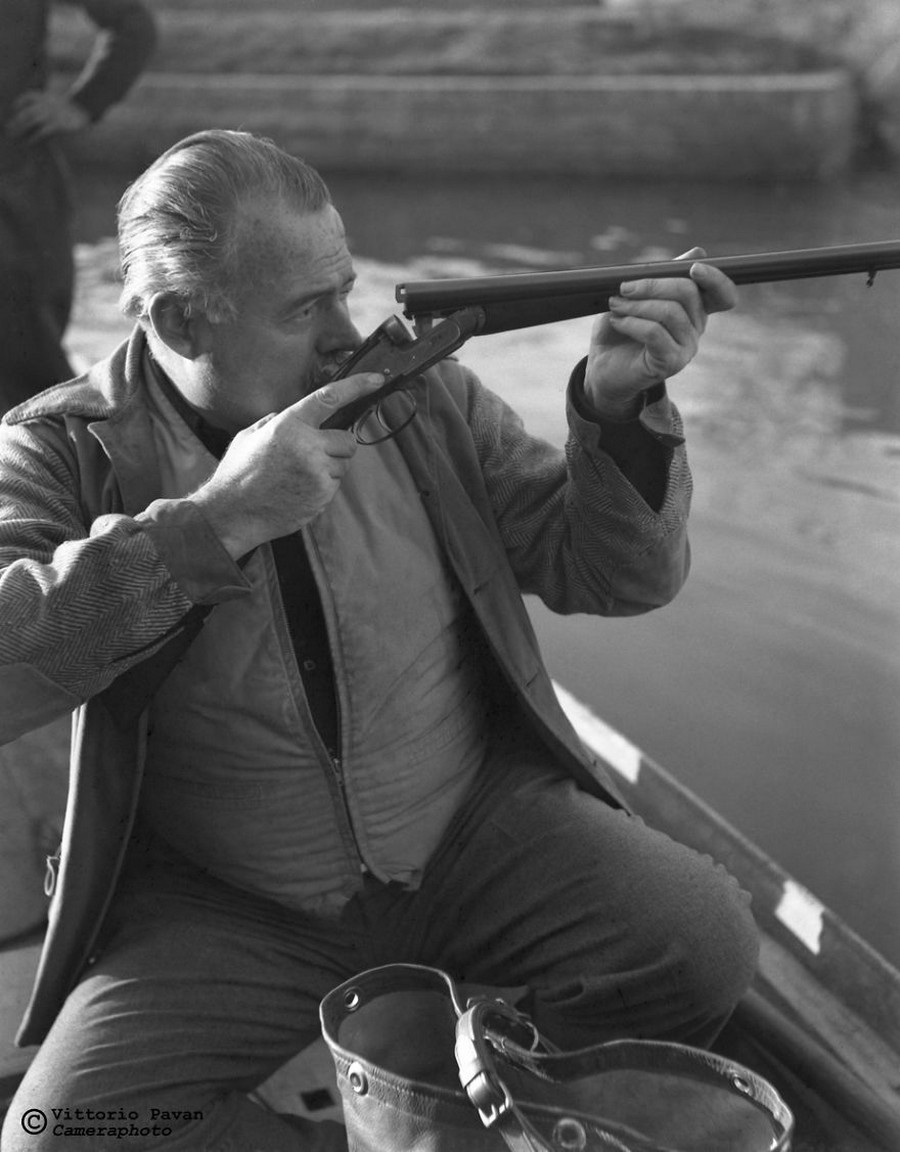
Ernest Hemingway
See more photos from Italian trip of Ernest Hemingway
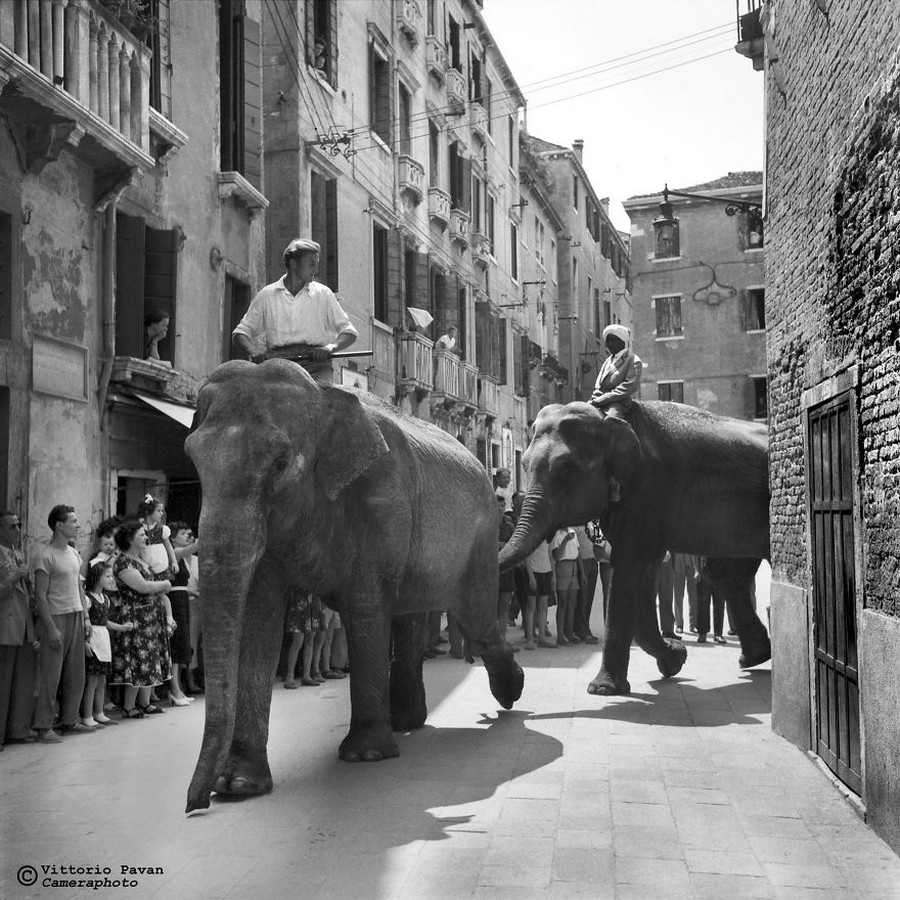
Elephants in the streets of Venice
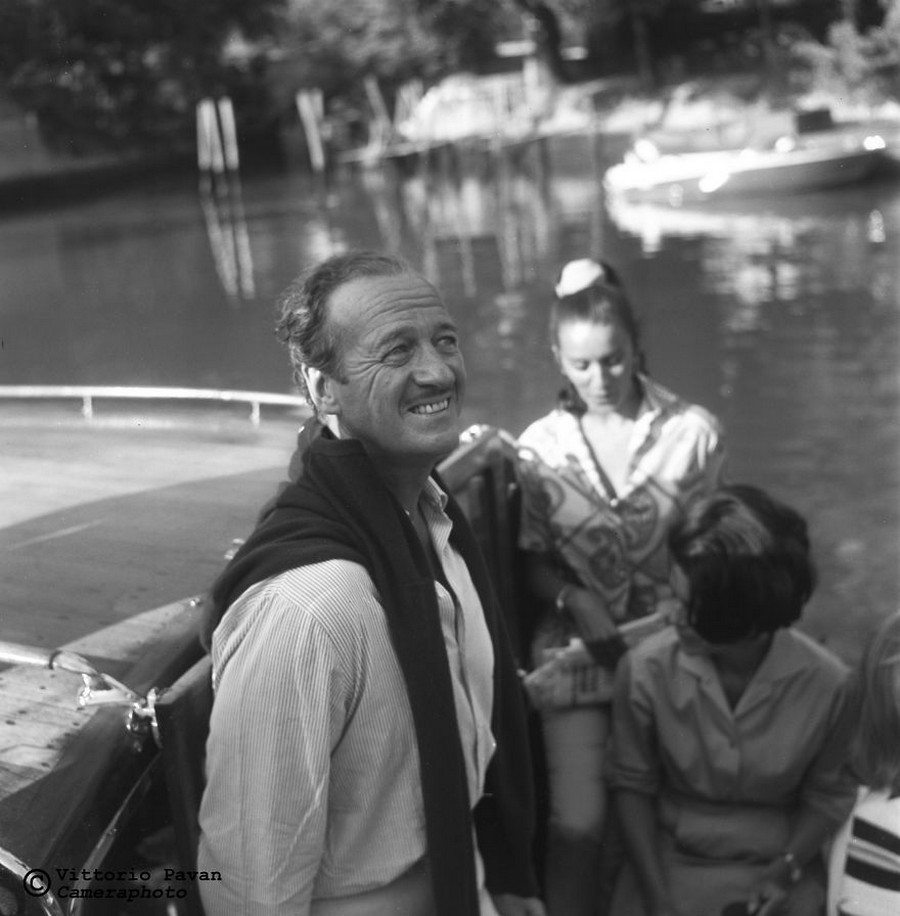
David Niven
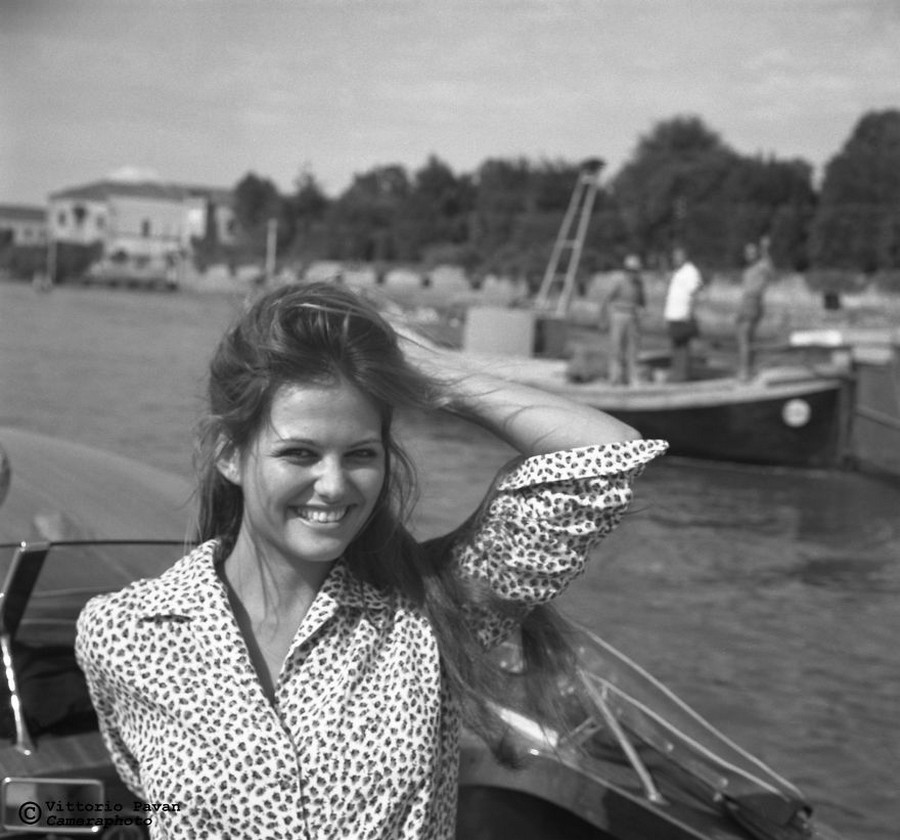
Claudia Cardinale
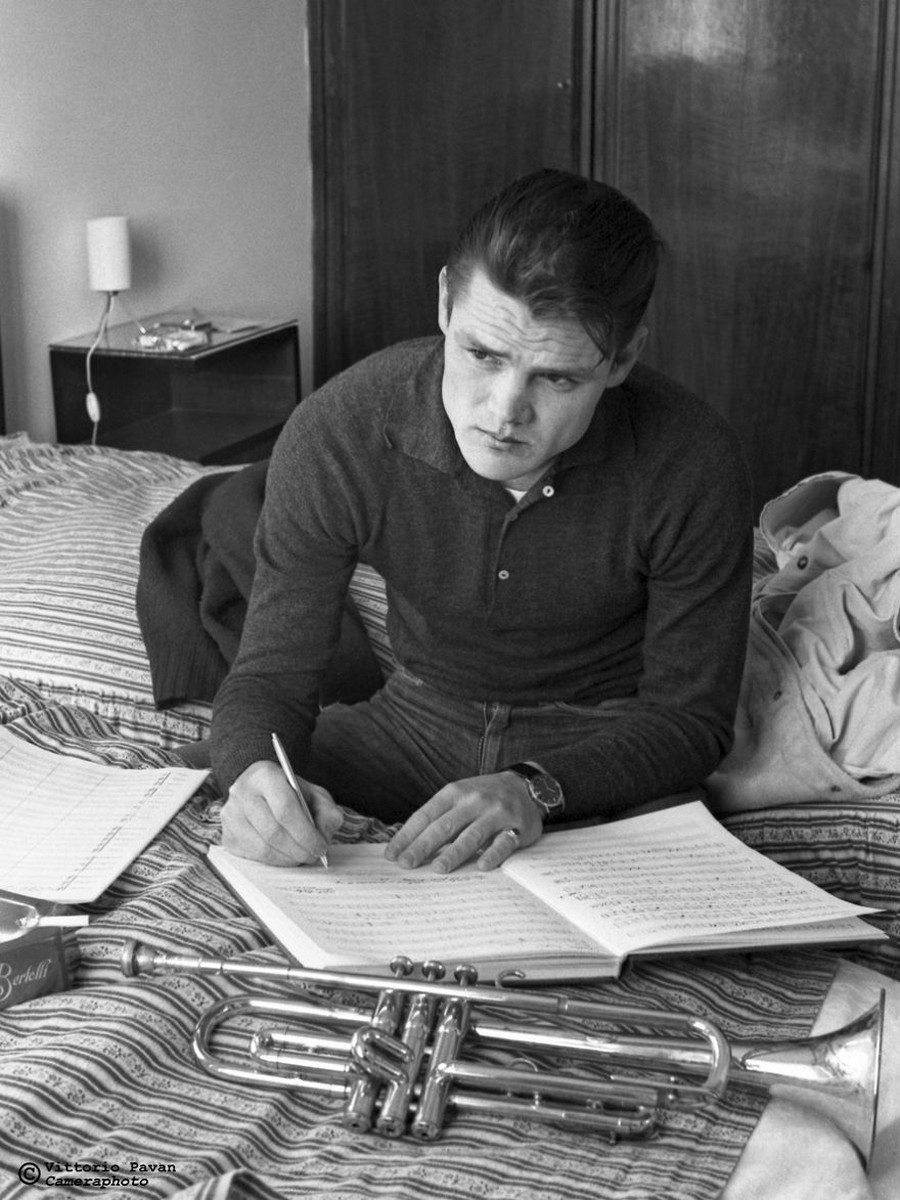
Chet Baker
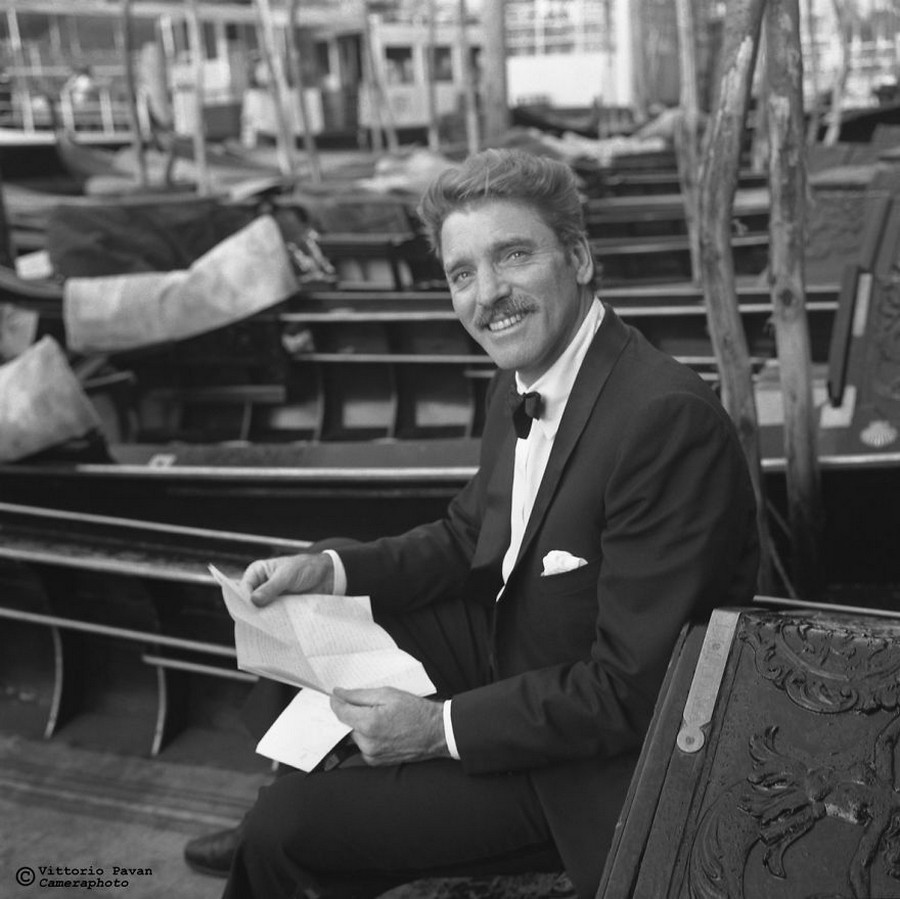
Burt Lancaster

Brigitte Bardot
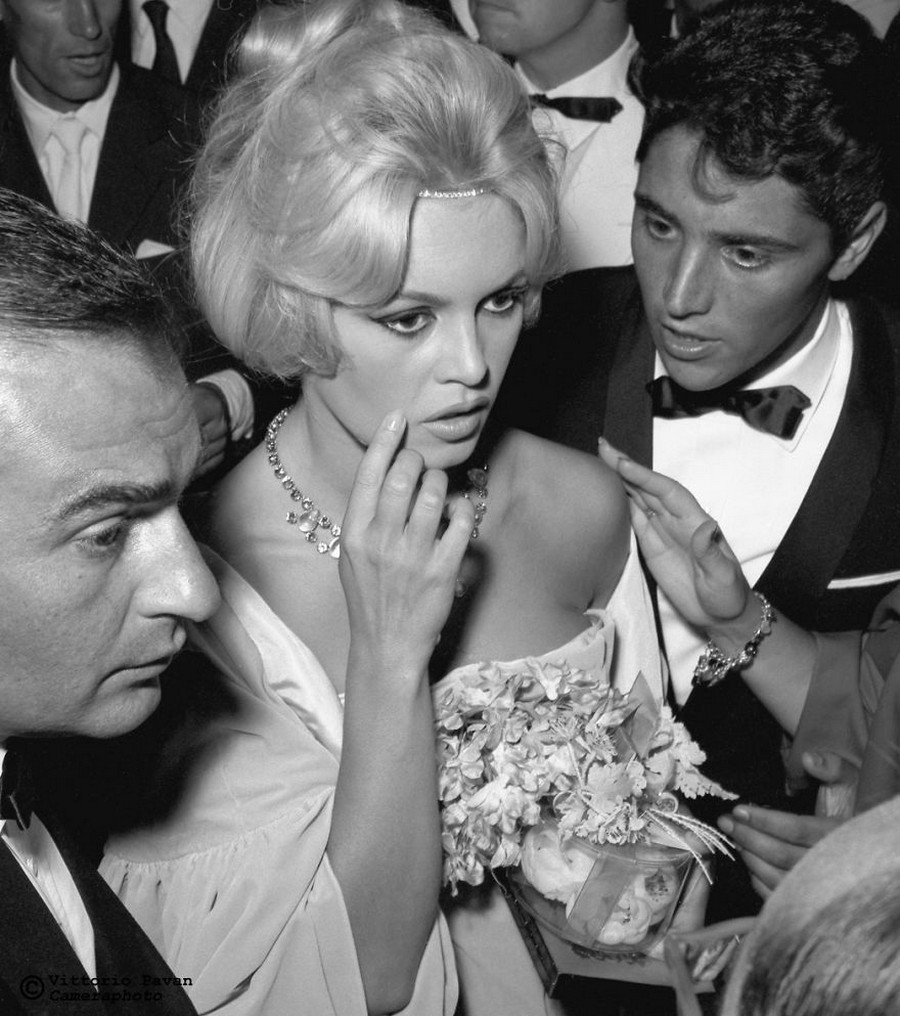
Brigitte Bardot
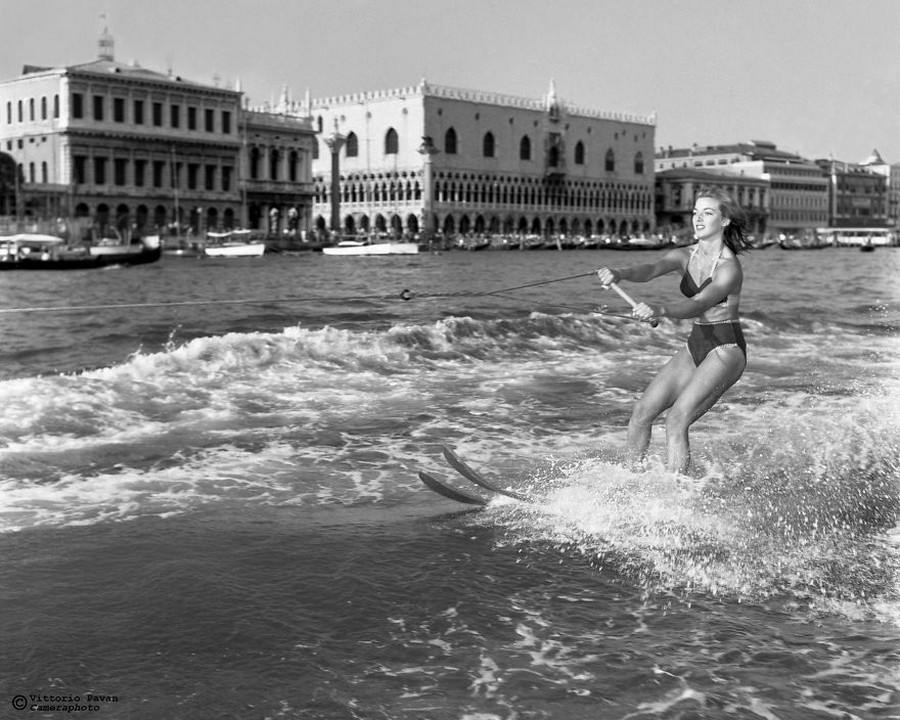
Anna Maria Benvenuti
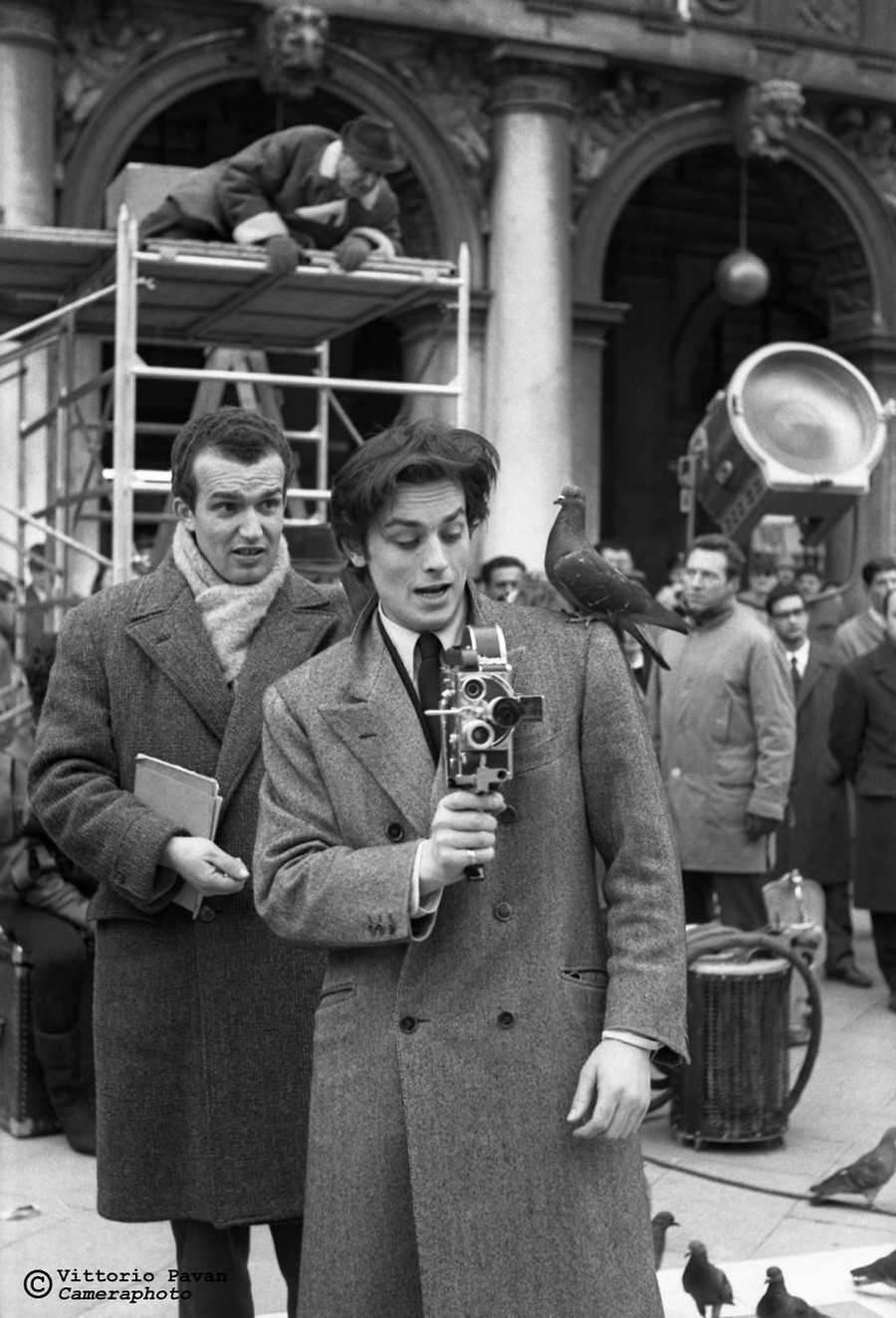
Alein Delon

Brigitte Bardot
Сообщение Rare celebrity pictures in Venice in the 1960s появились сначала на Old Pictures.
]]>Сообщение Fiat test track on the factory roof, the 1920s появились сначала на Old Pictures.
]]>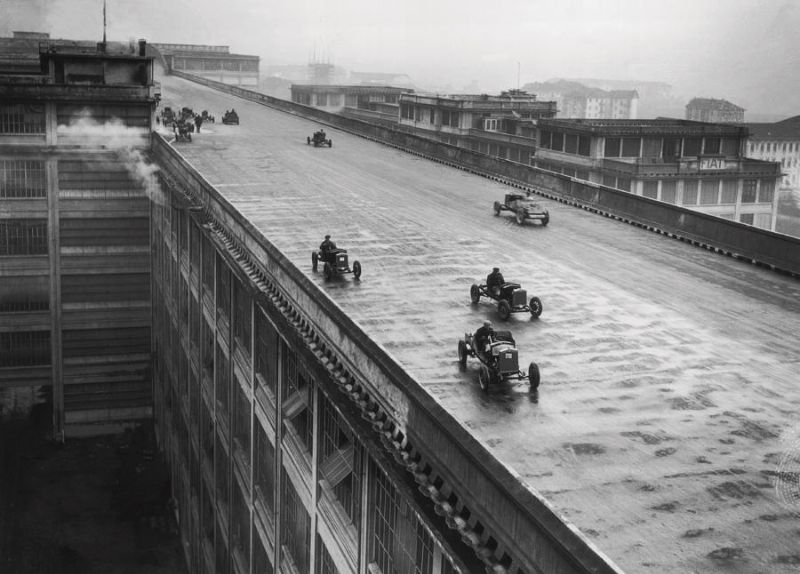 The Fiat test track on the factory roof definitely was the coolest place on Earth for every car lover in the 1920s. And we may guess that Fiat was the most advanced car plant during this decade.
The Fiat test track on the factory roof definitely was the coolest place on Earth for every car lover in the 1920s. And we may guess that Fiat was the most advanced car plant during this decade.
What happens when you give a person a paper, a pen, and ask him to write associations with the word “factory.” You’ll get such words as a dirty, ugly, noisy, industrial zone.
How Fiat used its roof test track
But the Italian architect Giacomo Matte-Trucco changed this associative array with just one building. He built a car factory, which Le Corbusier himself described as “one of the most impressive creations in industrial construction.” Yes, we mean the famous Fiat building with the test track on its roof.
Read more: Thomas Edison and his electric car
The construction began in 1916 and took almost seven years. The factory was located in the Lingotto area of Turin, Italy. The five-story building became the largest car plant in the world. All Fiat cars (including the legendary Fiat Topolino) were assembled there.
At the last assemblage stage, the car drove to the roof of the plant, where. Each Fiat car had to drive on a roof test track until the engineers and drivers approved the mechanism is fine. The plant was both functional and stylish.
We know that Henry Ford received some overseas recognition for his car building talent. This plant creator deserved this honor as well.
What happened to the test track
The factory idyll ended in the 1970s. By this time, the plant was ideologically outdated. The car assembly system had changed, and it was not possible to rebuild the constructivist building for it. But it wasn’t so easy to demolish such architectural beauty.
Italians demonstrated their exceptional creativity again. They announced a contest to re-qualify the building in 1982. The winning project involved the reconstruction of the plant into a cultural, shopping, and entertainment center.
Read more: Ford Mustang on the Empire State Building, October 1965
And the Fiat test track on the roof is still there. Moreover, it holds competitions from time to time.
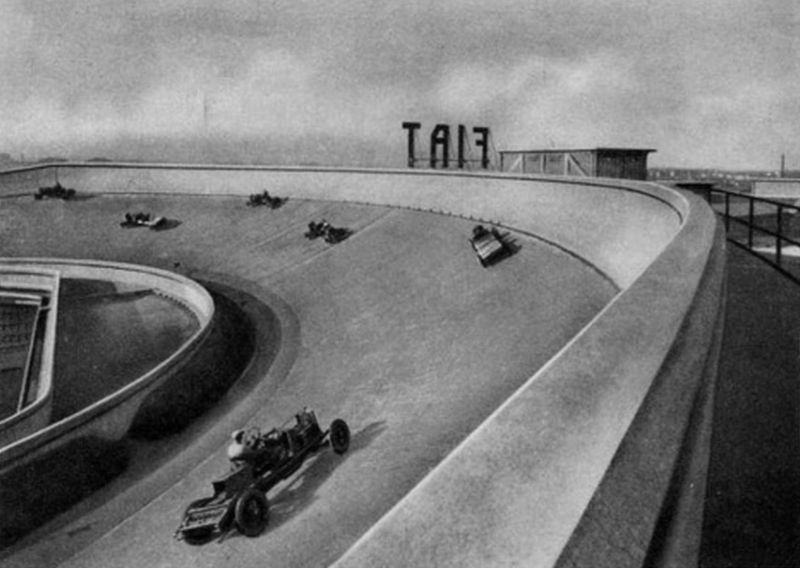
Fiat was a kind of Tesla of the 1920s.
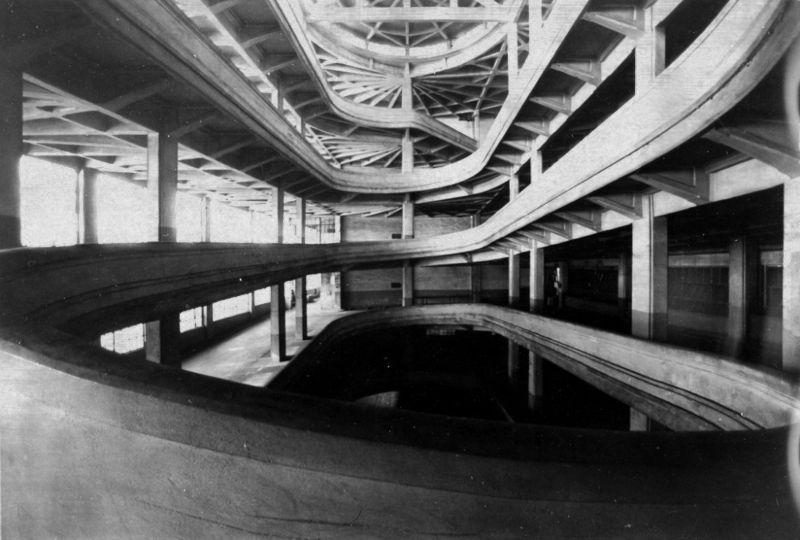
The construction looked futuristic in the 1920s.
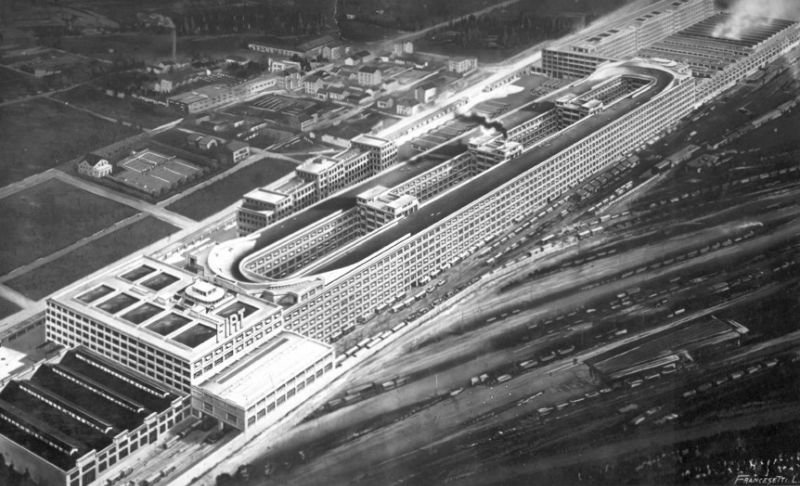
This view.
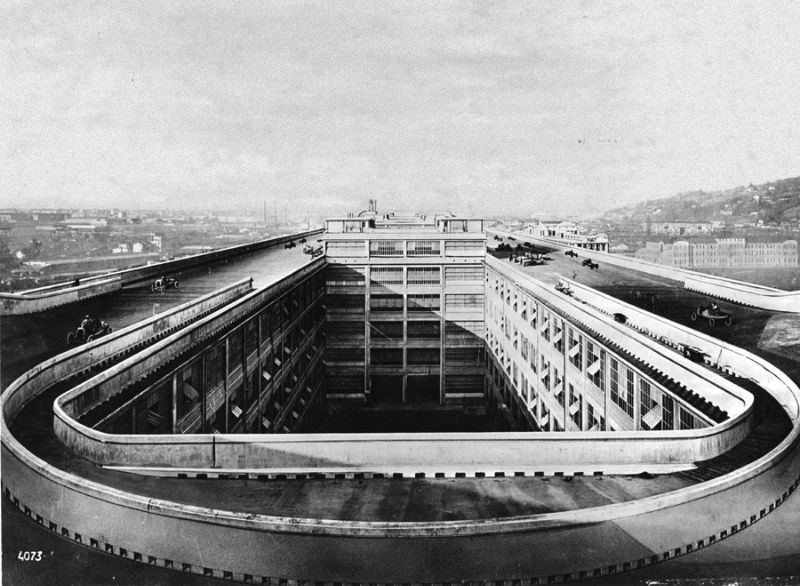
The track holds competitions even nowadays.
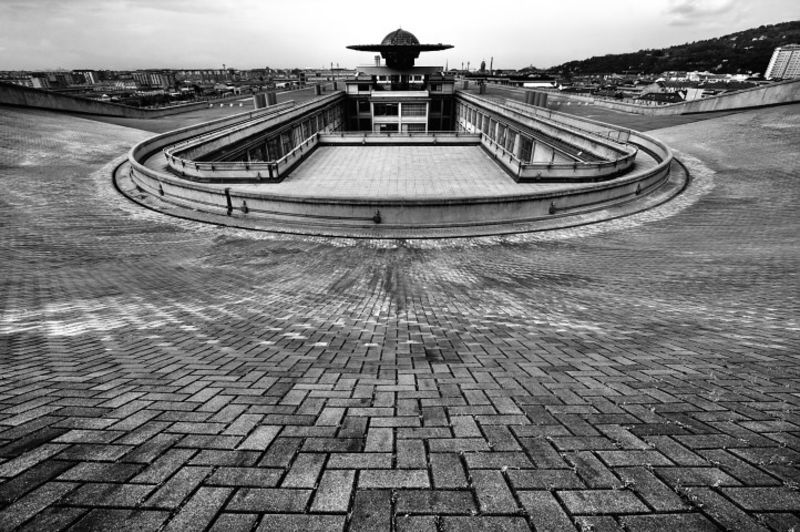
Fiat was proud of its Plant.
Сообщение Fiat test track on the factory roof, the 1920s появились сначала на Old Pictures.
]]>Сообщение Mt Vesuvius eruption during WWII, 1944 появились сначала на Old Pictures.
]]>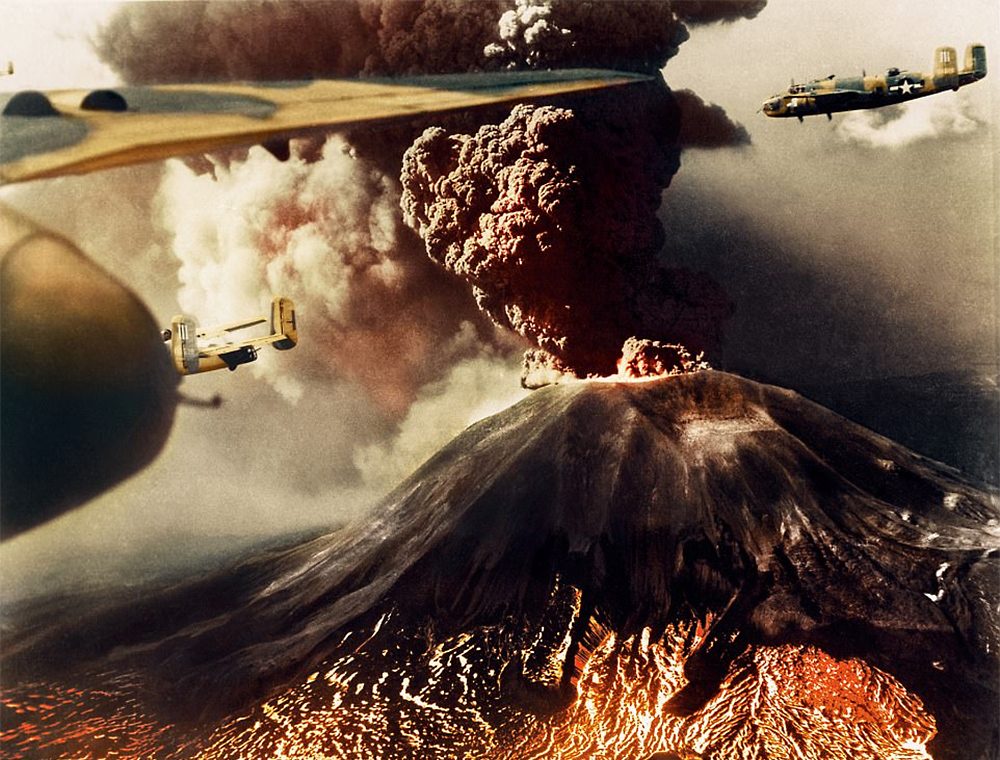 Mt Vesuvius eruption happened during the dramatic months of WWII. As you may know, Italy surrendered to allies in September 1943. Thus, this country formally left WWII. However, Germany immediately occupied several Italian regions. At the same time, the government-controlled territories began to serve as a springboard for the Allied troops. Primarily, southern districts of Italy served as a base location for the American aviation (the satirical book “Catch-22” tells about this aspect of the war).
Mt Vesuvius eruption happened during the dramatic months of WWII. As you may know, Italy surrendered to allies in September 1943. Thus, this country formally left WWII. However, Germany immediately occupied several Italian regions. At the same time, the government-controlled territories began to serve as a springboard for the Allied troops. Primarily, southern districts of Italy served as a base location for the American aviation (the satirical book “Catch-22” tells about this aspect of the war).
The Americans tried to destroy or drive out the unfinished groups of fascists. Although nature also made its adjustments to the combat and strategic situation.
This colorized photograph shows a squadron of B-25 bombers on a combat mission on March 15, 1944. Their aim was the abbey of Monte Cassino, which became a Nazi stronghold.
Unfortunately, not all aircraft were as lucky as the one in photo: the eruption covered the US airbase near the city of Pompeii. Ashes destroyed up to 88 aircraft immediately. Mt Vesuvius eruption was the largest non-combat loss for the Allies during WWII.
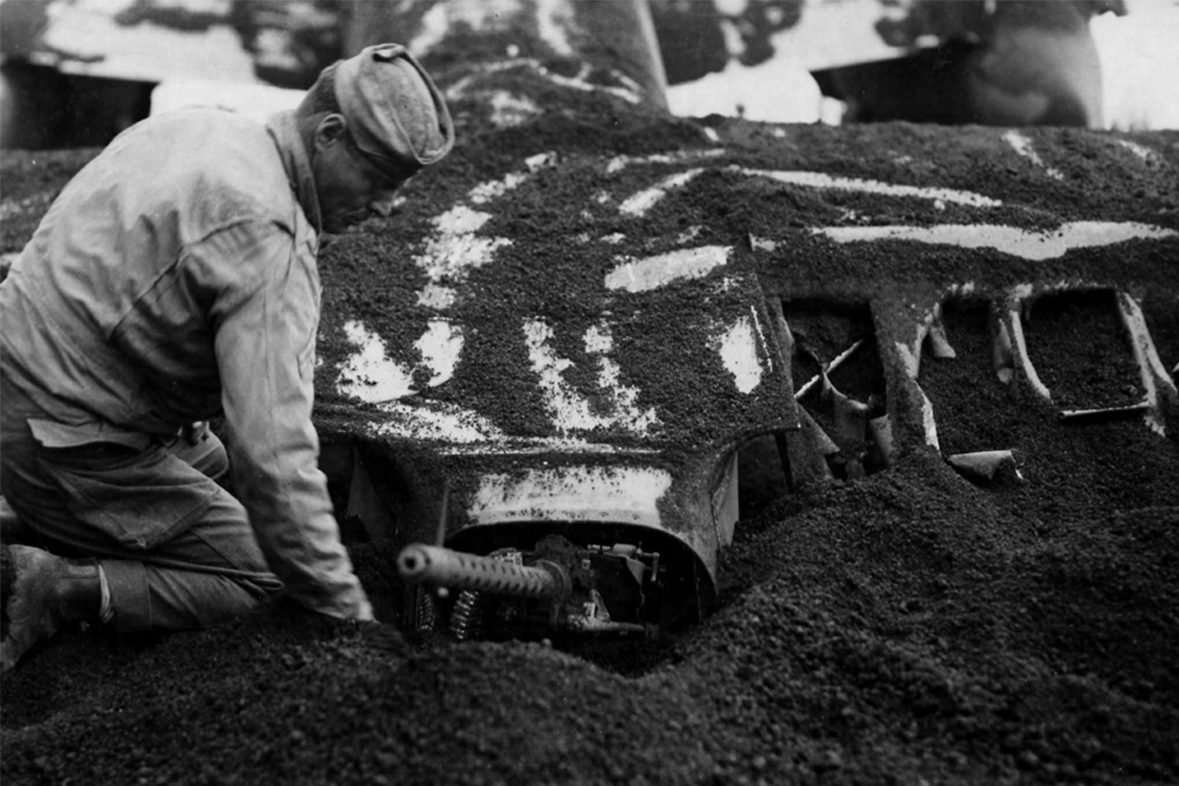
Volcanic ash from Mt Vesuvius buried the tail section of the B-25 bomber, March 23, 1944.
Сообщение Mt Vesuvius eruption during WWII, 1944 появились сначала на Old Pictures.
]]>Сообщение Andrea Doria sinking in pictures (Pulitzer prize, 1957) появились сначала на Old Pictures.
]]>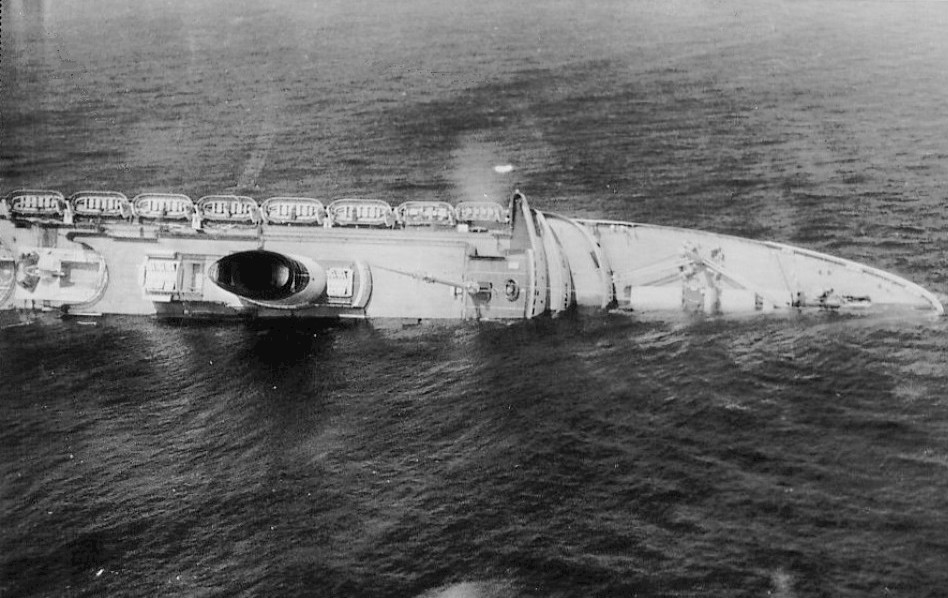 The cold waters of the North Atlantic became a graveyard for many ships. One of them was the Italian liner, Andrea Doria. This vessel was ending its voyage from Europe to New York. It crossed the Atlantic 101 times before but fatally collided with the Swedish passenger ship “Stockholm” on July 25, 1956. The sinking of Andrea Doria attracted attention globe-wide.
The cold waters of the North Atlantic became a graveyard for many ships. One of them was the Italian liner, Andrea Doria. This vessel was ending its voyage from Europe to New York. It crossed the Atlantic 101 times before but fatally collided with the Swedish passenger ship “Stockholm” on July 25, 1956. The sinking of Andrea Doria attracted attention globe-wide.
Read more: All Pulitzer Winning Photos (1942-1967)
Harry A. Trask was a lucky photographer at Boston Traveler who captured the final moments of the ship. His historical pictures of sinking Andrea Doria liner received a Pulitzer Award a year later, in 1957.
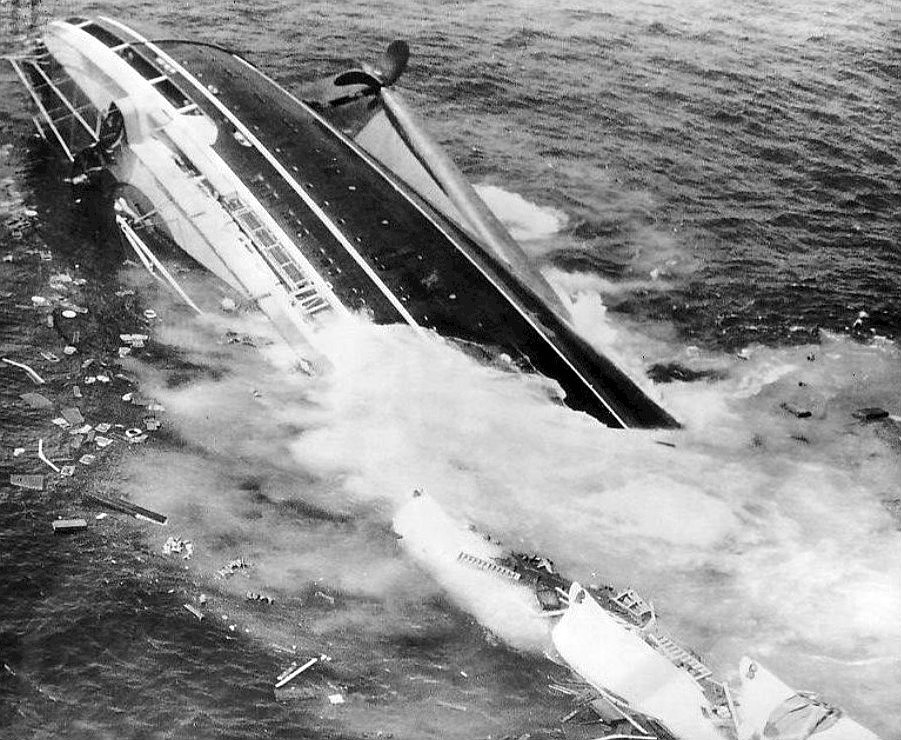
Andrea Doria was sinking for several hours. Harry Trask captured the last nine minutes of vessel life.
Unexpected collision
Andrea Doria sinking accident shouldn’t have happened, especially given the bitter experience of the Titanic disaster. After the crash of 1912, the design of ocean liners changed forever. New vessels used enhanced waterproof partitions, the number of lifeboats was abnormous, and most importantly, radar became a mandatory device on all ocean-going ships. By 1956, about 6 million passengers were traveling between America and Europe, with no collisions or other ship accidents. The world was sure that a disaster like the tragedy of the Titanic liner would never happen again. But this was a delusion.
Many passengers crossing the Atlantic believed that America would have more opportunities than Italy. The passengers of Andria Doria shared this dream too. More than half of the passengers, totaling 1,100, were immigrants hoping to start a new life in the United States. There was the first class too: politicians, movie stars, and world-class musicians.
Sixteen hundred and fifty passengers survive the wreck. Fifty-one others are lost beneath the sea.
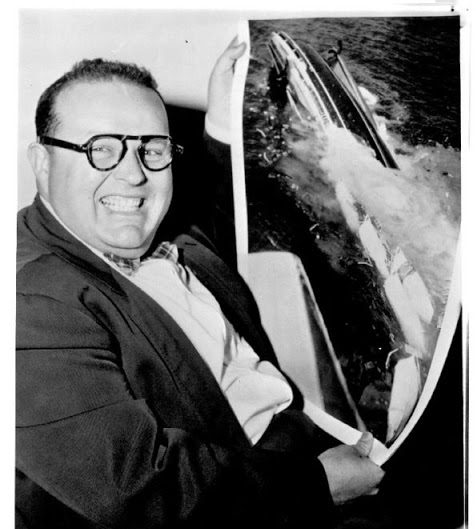
Harry Trask and his famous image
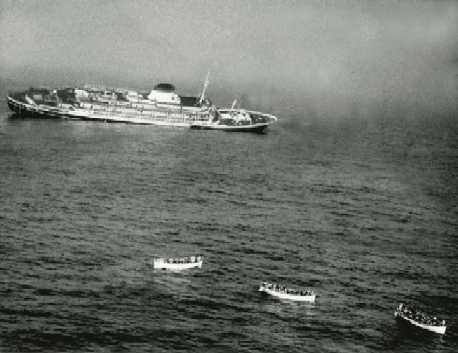
The Italian luxury liner Andrea Doria, listing heavily starboard in the final moments of her death throes, 1956.
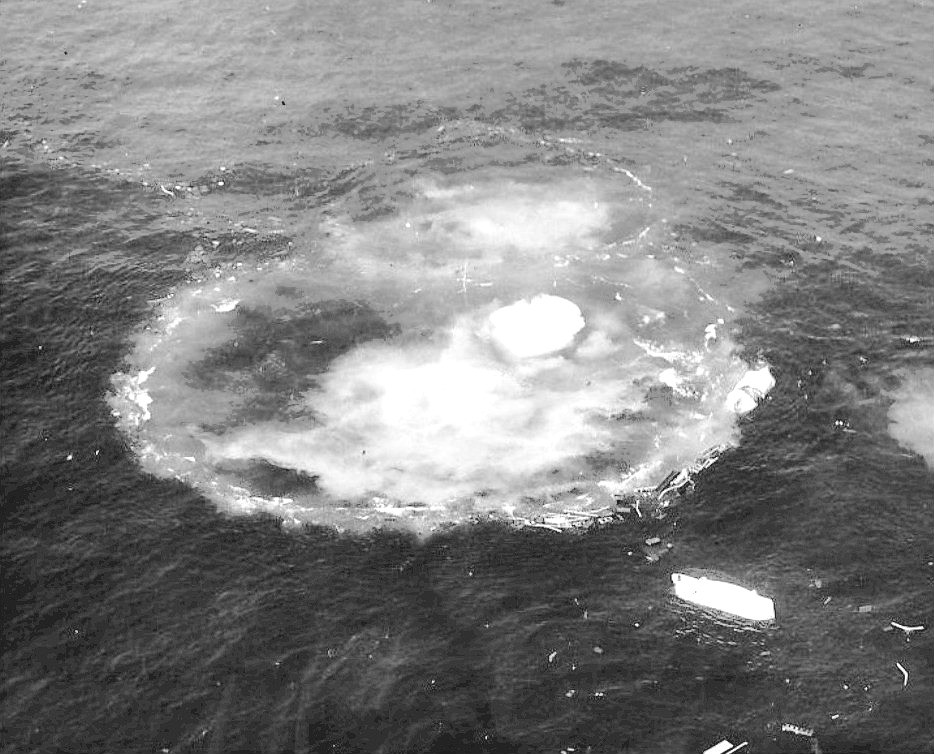
The very last moment of Andrea Doria
The night of the disaster
On July 25, 1956, the weather was beautiful over the North Atlantic. The Andrea Doria was due to arrive in New York the next morning. Passengers on the upper deck were enjoying the summer sun as the weather changed dramatically. Mist abruptly enveloped the passenger ship. It was so dense that it was difficult to see my hand. For safety reasons, Captain Calamai ordered the compartments battened down, but the ship’s speed did not slow down. The captain had to get to the port of New York the next morning. In case of delay, the carrier company must pay each passenger two dollars and fifty cents for each extra hour spent on board. The liner speed remained high at 23 knots. The passengers suspected nothing.
A festive atmosphere reigned aboard the Andrea Doria liner; nobody could imagine it will be sinking during the next ten hours.
The ship was sailing in the fog; the radar was functioning. The captain Calamai carefully peered into the mist. At 23:45, a point appeared on the radar of the Andrea Doria liner – at a distance of 12 miles at full speed 18 knots, the Swedish passenger ship Stockholm was floating. His captain Nordenson dined in his cabin, leaving the bridge under the command of a young 3rd rank officer, Johansson. Soon the Andrea Doria appeared on the Stockholm radar. The distance between the ships was inexorably decreasing – they approached one mile every one and a half minutes. Experts still do not understand why both ships changed their trajectory during the last minutes before the collision. But they did so, and a tragic accident happened soon after.
The Pulitzer winning capture
The next morning, a chartered Beechcraft Bonanza plane circles low over the abandoned liner. A Boston Traveler photographer Harry Trask was in this aircraft. As the tiny plane clips and turns, Trask becomes violently airsick. Although, the cameraman continued to press the shutter.
Photographerappeared above the sinking Andrea Doria on the airplane nine minutes before the ship disappeared entirely under the waves. His photography sequence won a Pulitzer Prize in 1957.
“I asked the pilot to fly a bit closer so I could record it with my Graphic camera. As we circled, I could see how Andrea Doria was gradually sinking below the surface. As the air from the cabins rose to the surface, the water foamed. Debris and empty lifeboats were scattered even-where. In nine minutes, it was all over.” The tardy, airsick news photographer took 16 pictures.
Harry Trask joined a good company of outstanding photographers who won the prestigious Pulitzer Award in the photography section. The Homecoming, The Water!, and Ford Strikers Riot were already in the list of winners.
After the wreck of the Italian ship Andrea Doria, people switched to flights across the Atlantic by airplane rather than by ocean liner.
Сообщение Andrea Doria sinking in pictures (Pulitzer prize, 1957) появились сначала на Old Pictures.
]]>Сообщение Umberto II, King of Italy, during the referendum of 1946 появились сначала на Old Pictures.
]]>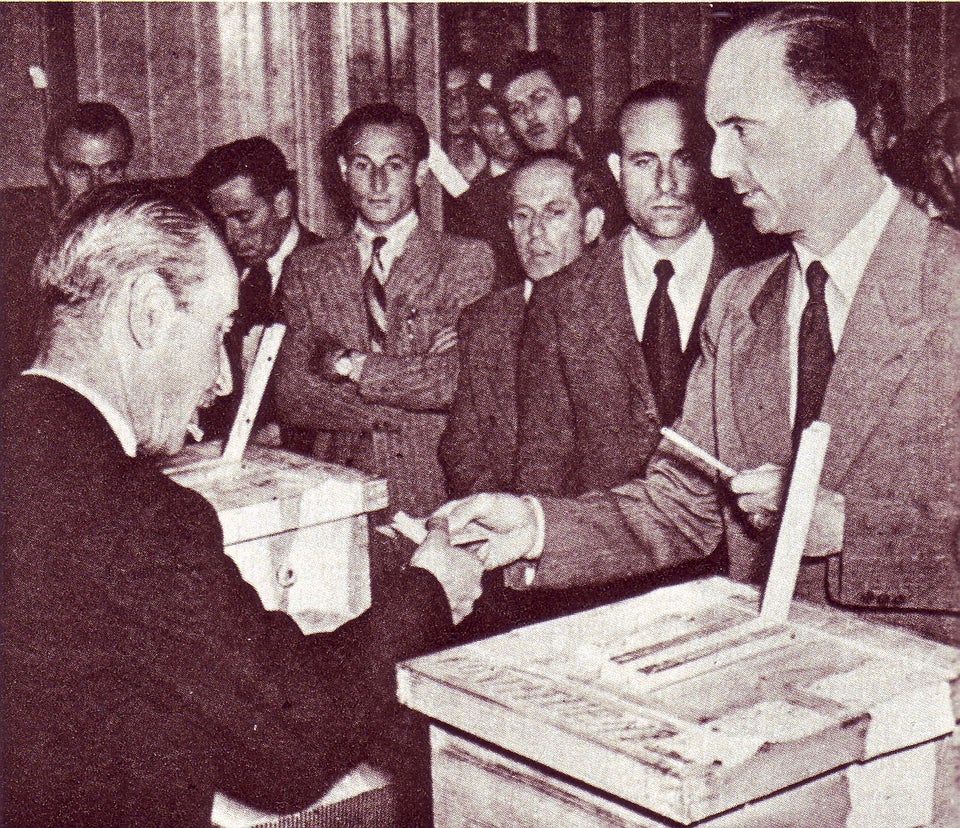 In this photo Umberto II, the last monarch ruler Italy is participating in the referendum on the abolition of the monarch. There’s no doubt that Umberto II voted to keep Italy as Monarchy during this plebiscite, on the 2nd of June, 1946. Nonetheless, Italians had a different point of view. 12 million voters supported the establishment of the republic, while 10 million agreed on the monarchy.
In this photo Umberto II, the last monarch ruler Italy is participating in the referendum on the abolition of the monarch. There’s no doubt that Umberto II voted to keep Italy as Monarchy during this plebiscite, on the 2nd of June, 1946. Nonetheless, Italians had a different point of view. 12 million voters supported the establishment of the republic, while 10 million agreed on the monarchy.
The short record of Umberto II
Umberto, II was the very last king of Italy. He had a nickname ‘May King’ because he ruled only 34 days — from May 9, 1946, to June 12, 1946. It took ten days to count the votes, after what Italy became a republic.
At the same time, Umberto II ruled Italy for a bit longer period de-facto. His father, King Victor, passed the rule to his son in 1944 when Rome was freed from the German occupation. Don’t be confused, the only reason Victor allowed his son to rule, was his unpopularity.
The royal gay-catholic?
Umberto was raised in an authoritarian and militaristic style. Parents taught him “show exaggerated respect for his father”; as in private and public Umberto always kneel down and kiss his father’s hand before speak. Even in adulthood, and he had to stand still and greet when his father entered the room. Like the other princes of Savoy before him, Umberto received a military education;
Umberto II was married to Marie José of Belgium, but it was a kind of facade for the real love of Italian Monarch. Newspapers published a lot of witnesses of the homosexual life of Umberto II in Italy. His partners’ list supposedly involved Italian screenwriter Luchino Visconti and French artist Jean Marais. Some historians claim that Benito Mussolini had a dossier on Umberto’s private life for blackmail plans. Interestingly, Adolf Hitler also knew about this sex specifics of the Italian prince. He feared that Umberto II will become the formal (the real power was in Mussolini’s hands) ruler of the Germany ally. Here’s why Furer offered several times to abolish the monarchy and get rid of the royal family.
Сообщение Umberto II, King of Italy, during the referendum of 1946 появились сначала на Old Pictures.
]]>Сообщение Hemingway travel to Italy, 1948, in pictures появились сначала на Old Pictures.
]]>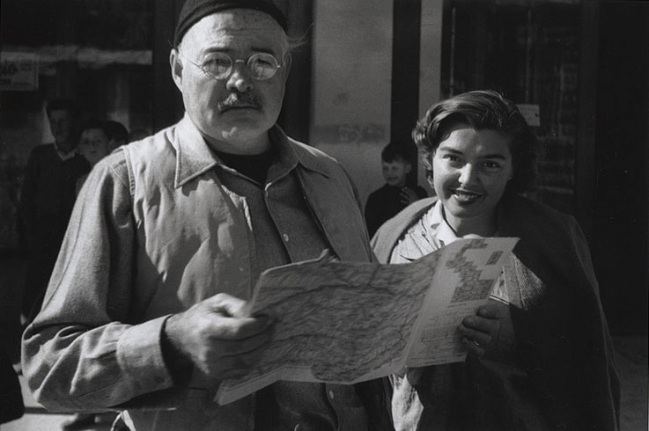
Ernest Hemingway confessed once that the main reason for his trip to Italy in 1948 was the inspiration. He wrote his previous masterpiece ‘For whom the Bell Tolls, nine years before, and the writer was desperately looking for the new creativity boost. Hemingway decided to visit places where he served during WW1, where he was injured, and the hospital where he fell in love for the first time.
In 1948 Italy overcame the consequences of the Mussolini rule, removed the fascism from their political system, and elected the democratic parliament just months before. An Interesting one: Mussolini didn’t like the novels of Hemingway, and publishers didn’t dare to translate his works into Italian. This ban had no place in post-war Italy.
During a windy November, Hemingway and his fourth wife Mary stayed in the tiny hotel the Locanda Cipriani in Torcello, not far from Venice, Italy. This isolated settlement counted several dozens of citizens. This location was famous for Cipriani’s founding and three buildings—the basilica, the church of Santa Fosca, and the baptistery—that are more than a thousand years old.
The spirits of the Hemingway trip to Italy
Hemingway liked Torcello so much that he devoted his short essay to it. The text starts with a wink: “For we, who love the lagoon, it makes no difference if Attila sat in the chair or if he did not. I doubt if he did. It is enough for me that Cipriani sat in it.” Hemingway mentions Attila the Hun, who raided this Italian region during the fifth century. Outside the cathedral is a stone bench that is associated with Attila’s Throne.
At 49, a genius writer still was an avid hunter. Of course, Hemingway didn’t miss an opportunity to shoot a few ducks during his stay in Italy.
A little writer’s trick
Also, Hemingway decided to endorse Giuseppe Cipriani, the owner of the Locanda, and Harry’s Bar in Venice. The writer mentioned him in the novel that came after Italian travels, Across the River, and into the Trees (1950). We can assume that the famous alcohol lover, Hemingway spent some good nights at this bar.
Hemingway recalled his Italian trip warmly as he got what he wanted. He met old friends and refreshed his creativity while visiting the places of his youth. He will repeat this inspiration trick at least once in the future when he’ll go to Spain for the second time.
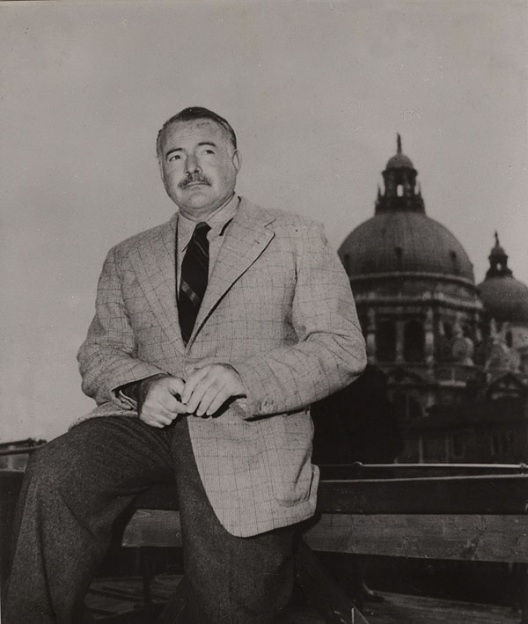
Venice 1948.Hemingway on the Hotel Gritti terrace. On the background, the church of the Salute.
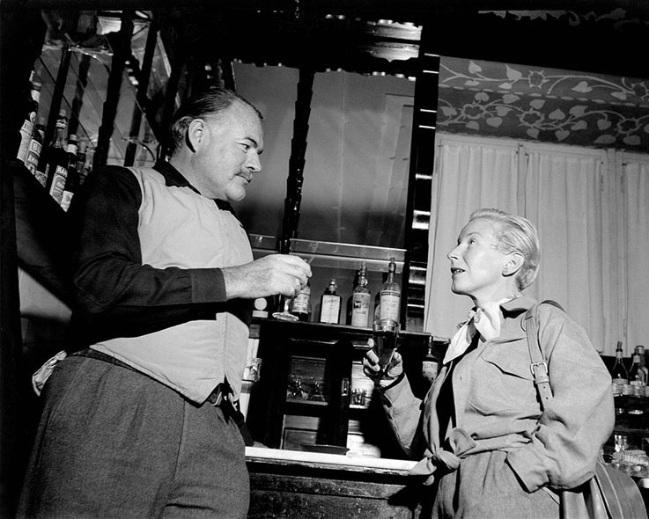
Cortina 1948. A conversation between Hemingway and Mary
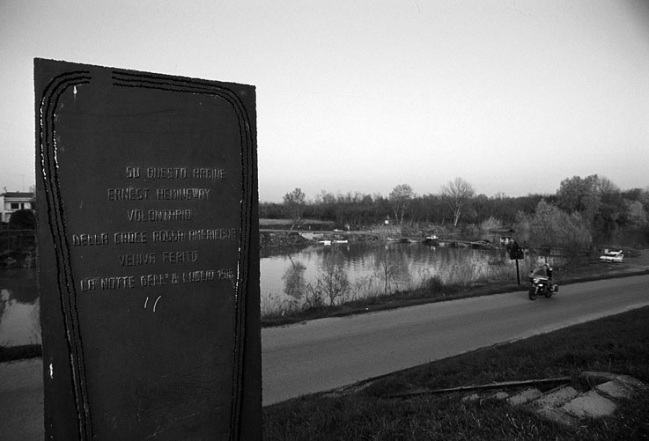
Fossalta di Piave is the plaque-monument marking the place where Hemingway was wounded. The writer returned here with Fernanda Pivano in 1948, looking for the exact location where he contacted the Austrian artillery fire. He dug a tiny hole with a pen-knife and inserted thousand lire note to give back the pension he had received
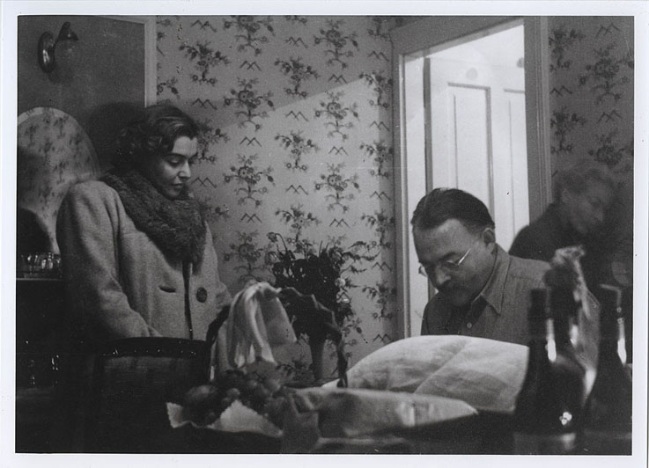
Cortina, Hotel Concordia, October 12, 1948. Hemingway and Pivano in the room with fruit, flowers, and two bottles of Valpolicella.
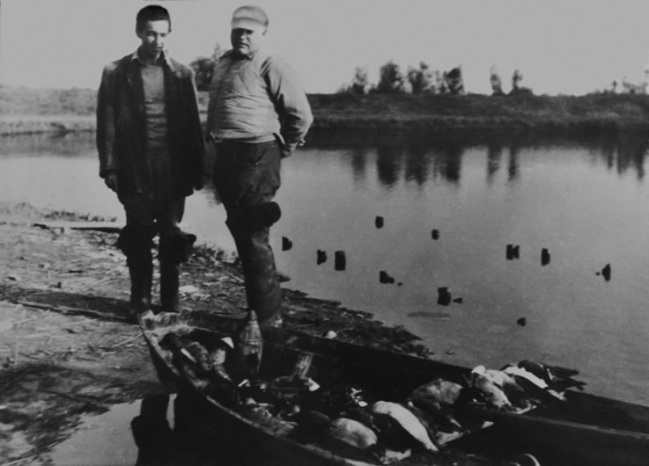
Hemingway with baron Nanuk Franchetti
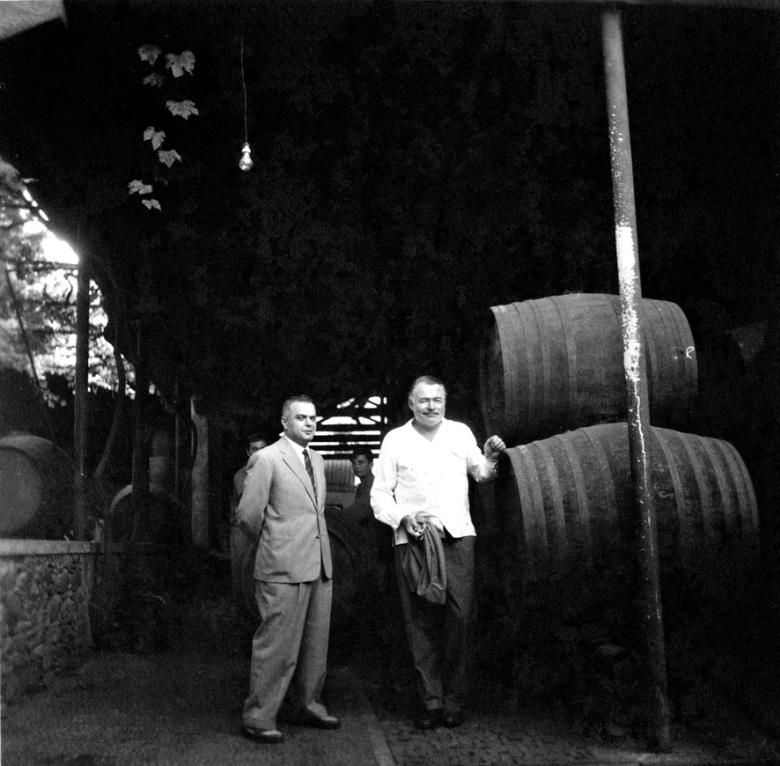
Ernest Hemingway among wine barrels, after appreciating Valpolicella and Amarone wines.
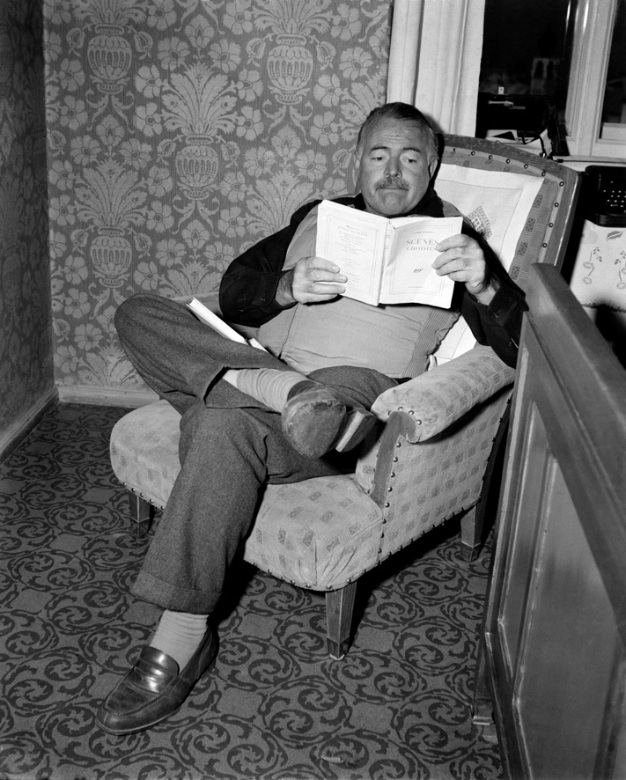
Cortina, Hotel Concordia, 1948. Hemingway reading
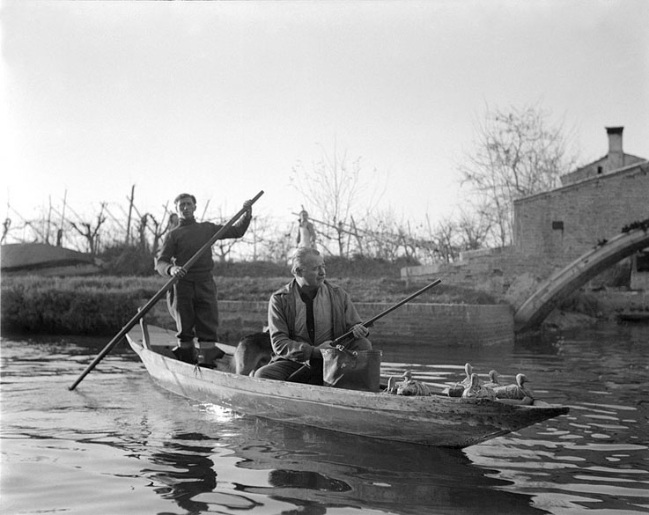
The Island of Torcello, 1948. Hemingway on a hunting trip.
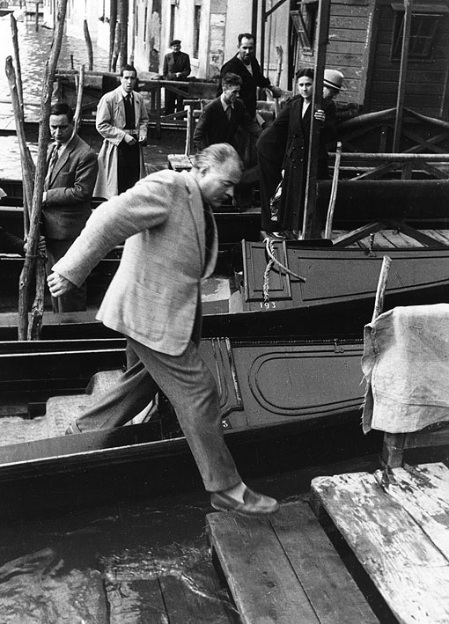
Venice 1948. An athletic Hemingway getting off the gondola at the Hotel Gritti
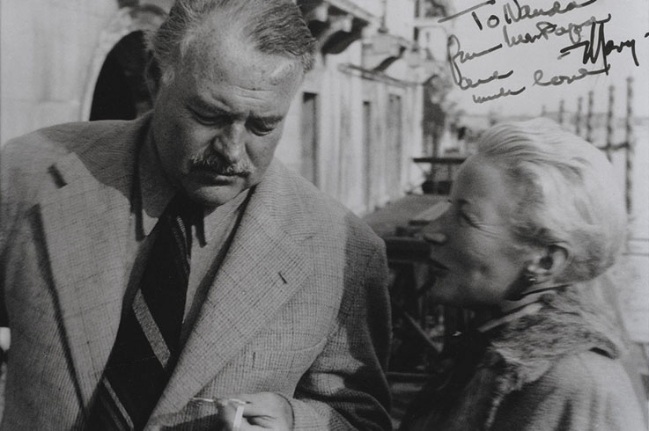
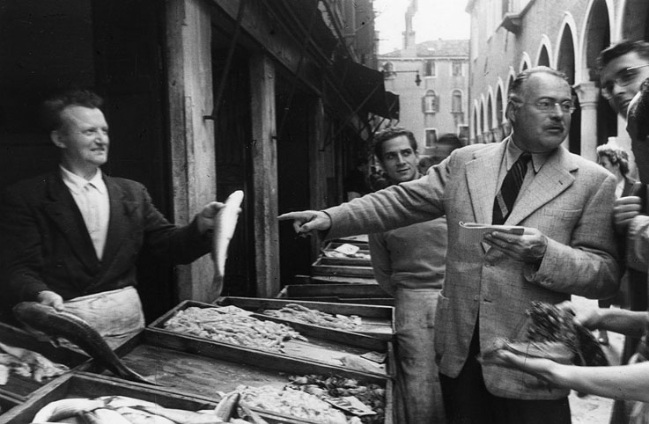
Venice, 1948, Rialto market. Hemingway writing down the name of the fish
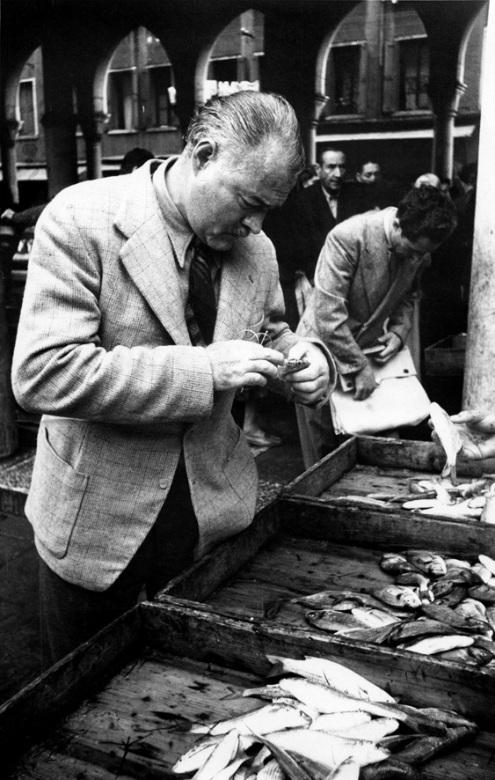
Venice 1948, Rialto Market, a curious Hemingway at the fish stands
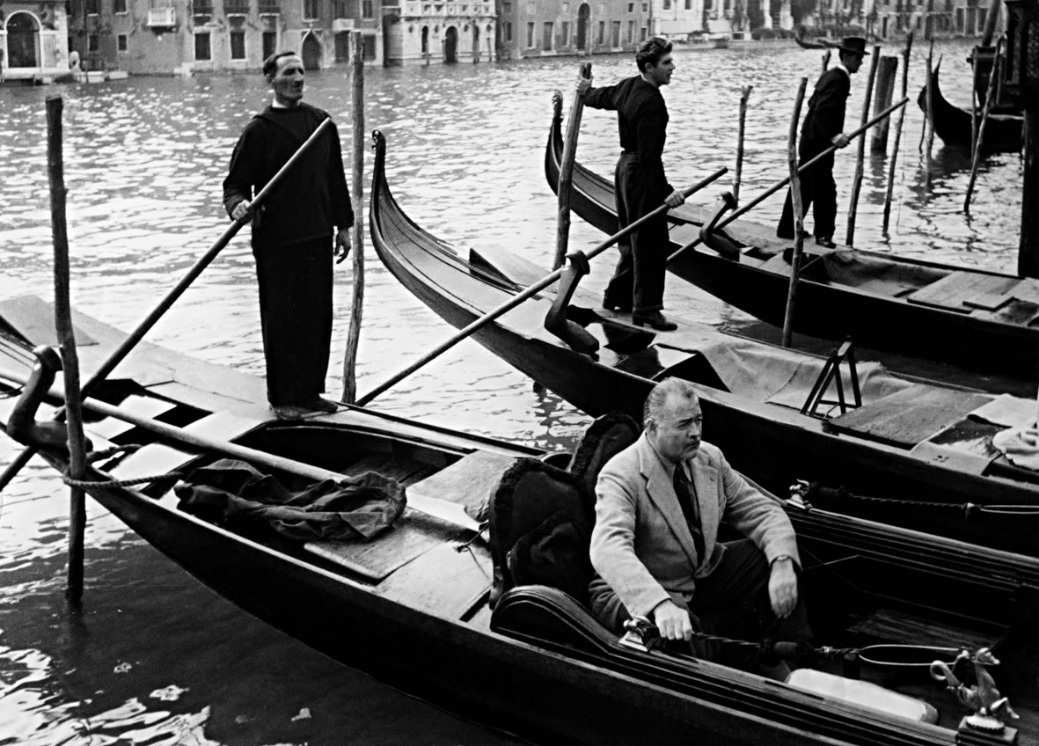
Venezia 1948, Hemingway in gondola allo stazio dell’Hotel Gritti
Сообщение Hemingway travel to Italy, 1948, in pictures появились сначала на Old Pictures.
]]>Сообщение Ernest Hemingway recuperating after his injury during WW1 появились сначала на Old Pictures.
]]>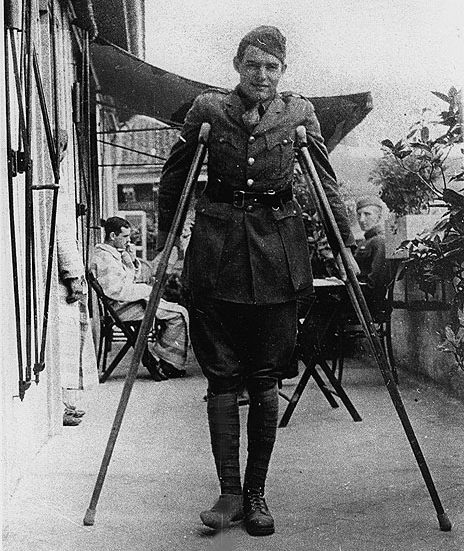 An unknown cameraman captured Ernest Hemingway during rehabilitation after his injury in WW1. A young writer couldn’t stand on his legs in a Hospital of Milan after the mortar fire wounded him.
An unknown cameraman captured Ernest Hemingway during rehabilitation after his injury in WW1. A young writer couldn’t stand on his legs in a Hospital of Milan after the mortar fire wounded him.
Ernest Hemingway participated in WWI as a volunteer. Writer’s war history didn’t mean to be heroic as he served in Italy as an ambulance driver with the American Red Cross. In June 1918, while operating a mobile kitchen distributing chocolate and cigarettes for combatants, he was wounded by an Austrian shell explosion. “Then there was a flash, as when a blast-furnace door is twirled open, and a cry that started white and went red,” Hemingway recalled his injury in a letter home.
Hemingway ignored his wounds and transported an injured Italian officer to safety. He caught another bullet from the machine-guns while doing this heroic deed. Later Hemingway got the Silver Medal of Valor from the Italian Ministry of Defence for this historical episode.
How Hemingway recuperated after injury
Hemingway spent over a year in Europe but he fell in love with the Old Continent. He visited many European countries later, including Italy, Spain, and France, looking for inspiration and new characters for his books.
Hemingway remembered those events later in Men at War: “When you go to war as a kid, you have a high illusion of immortality. Other guys get killed; not you. . . . Then when you catch your bullet for the first time, you lose that illusion, and you know it can happen to you. After being severely wounded two weeks before my nineteenth birthday, I had a bad time until I figured out that nothing could happen to me that had not happened to all men before me. Whatever I had to do, men had always done. If they had done it, then I could do it too, and the best thing was not to worry about it.”
Rehabilitation took long six months in a Milan hospital. During that period, Hemingway fell in love with Agnes von Kurowsky, an American Red Cross nurse. The rumor has it that this Hospital of Milan was full of wine and cats, and injured soldiers spent their time with pets. Who knows, maybe those six months made Ernest Hemingway a famous cat-lover. This romantic event completed the transformation of Ernest Hemingway from a young boy from Oak Park, Illinois, to a different, adult man. WW1 granted him invaluable life experience that included combat and love. Changes in his character were exciting.
Сообщение Ernest Hemingway recuperating after his injury during WW1 появились сначала на Old Pictures.
]]>Сообщение Australian soldiers guard Italians and German prisoners, WW2 появились сначала на Old Pictures.
]]>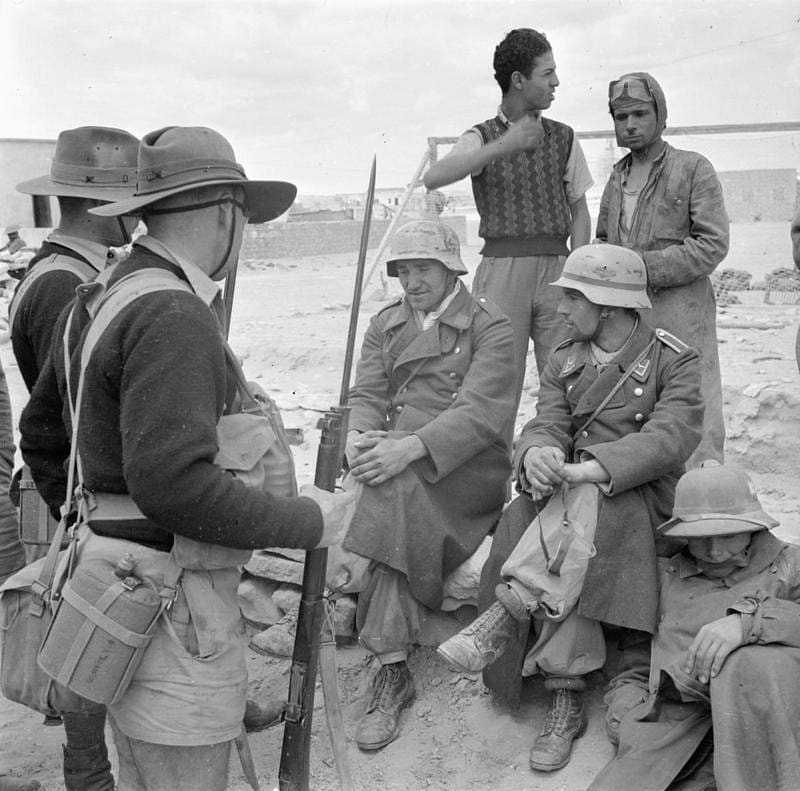
Men of the Australian 9th Infantry Division guard Italians and some of the first German prisoners to be taken during the war in North Africa, after Rommel’s first unsuccessful assault on Tobruk in 1941
The allied forces in the Northern Africa outnumbered the armies under Rommel’s command. And nonetheless, german authority tried to leverage the high battle morale in Axis forces of 1941, and attack the opposing forces everywhere. The numerous assaults ended up with defeated and imprisonment.
The major part of german troops in Africa consisted of Italians. There is little doubt that the fighting quality of the Italian army was inferior to the German army. But like in France, it was hardly the average soldier’s fault. Mussolini had dragged the country into a war it was not ready for, and it showed. The Italian army was equipped with obsolete and poorly designed equipment such as the L3 tankette and the Carcano rifle.
Then there is the issue of the Italian industry. Italy had a relatively small industrial base, with a strong peasant base. At one point in 1942, Italian divisions were at a deficit of 15,000 artillery guns, while Italian factories could only produce about 8 percent of that number in a year.
The Italian history in WW2 ended up when allied forces intervened it 1943. Mussolini quickly lost his power, and Italy managed to exit the war with much lesser damages than their allies.
Сообщение Australian soldiers guard Italians and German prisoners, WW2 появились сначала на Old Pictures.
]]>Сообщение Coca-Cola advertising made by pigeons появились сначала на Old Pictures.
]]>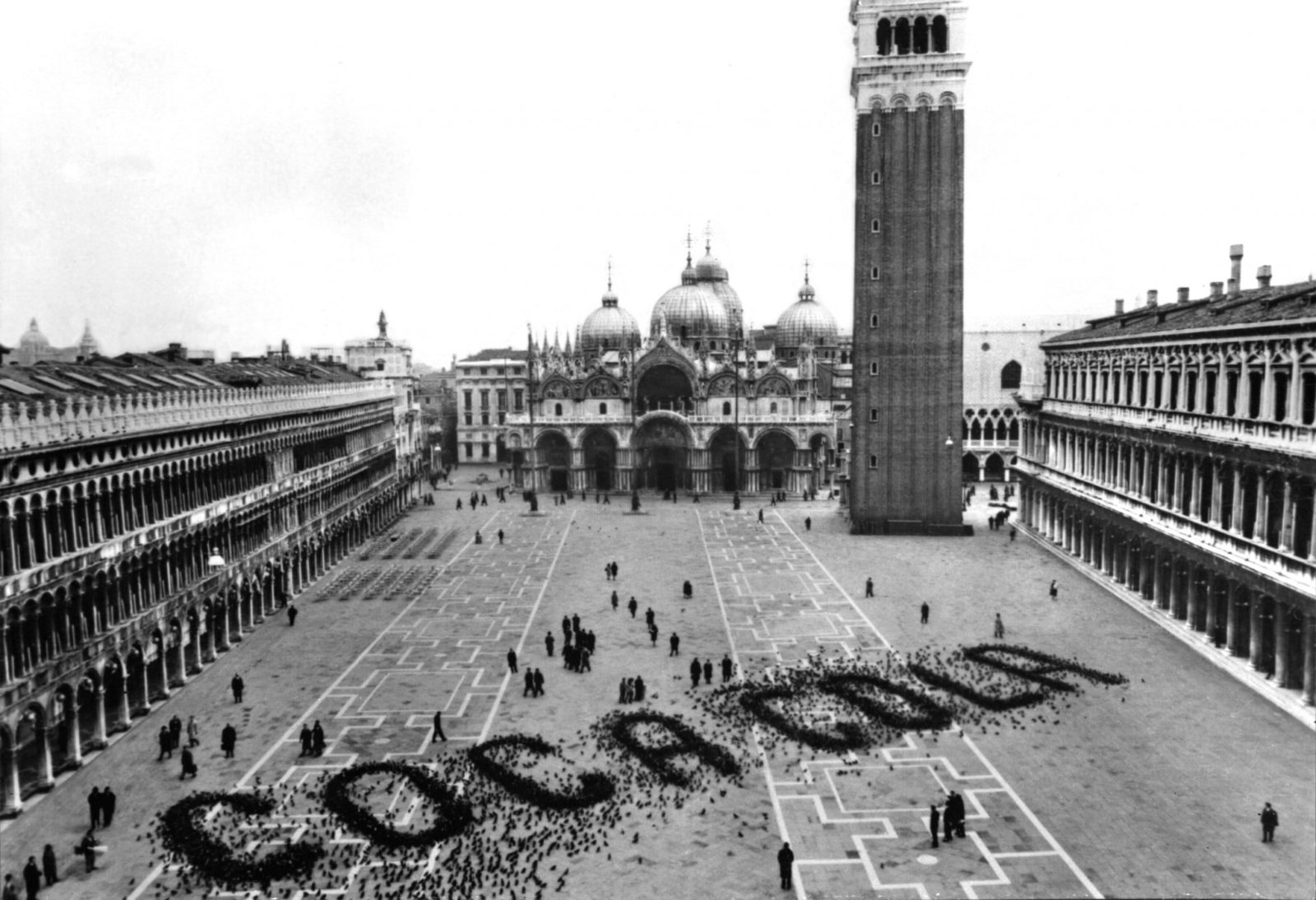
The famous Coca-cola pigeon advertising in Venice
Coca-cola topped the marketing creativity charted many times. One of their brightest advertising creations was made in the late 1960s, in Venice. It was a time when the company introduced 12-ounce metal cans that were previously used in the army only.
Read more:
Coca-Cola bottling line, Kansas factory, circa 1958
Marketing idea itself was pretty simple: Coke’s team from the Europian branch just spread out a huge amount of birdseed in St. Mark’s Square in the shape of their logo. Birds covered the seeds immediately and it now it could be clearly seen the Coca Cola logo. Photo was taken by a local photographer and it remains a very famous piece of advertising today. Interestingly, the company’s representative tried to get the council’s consent for this event, but city authority neither approved nor declined this request. Marketers decide to complete the event no matter what as it wasn’t prohibited to feed the pigeons overall.
Сообщение Coca-Cola advertising made by pigeons появились сначала на Old Pictures.
]]>